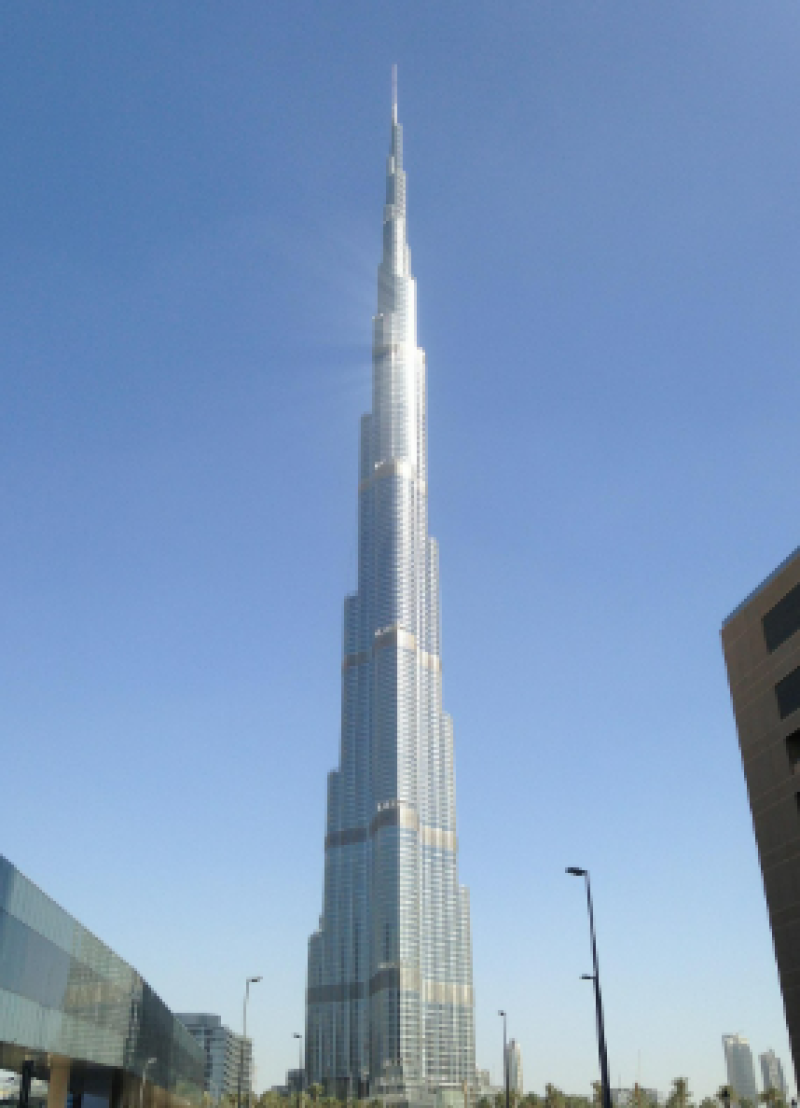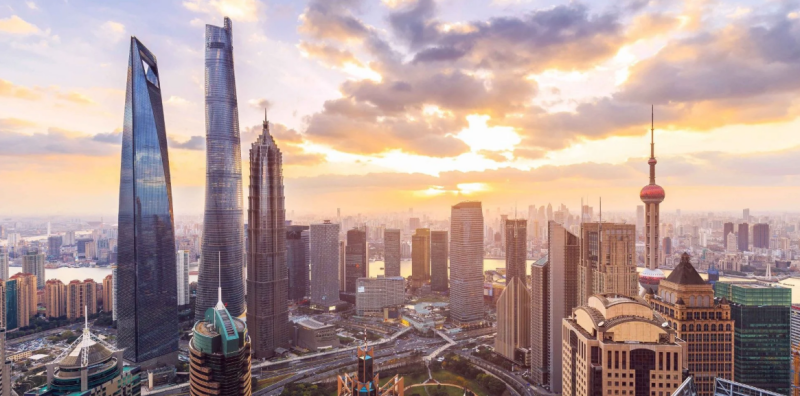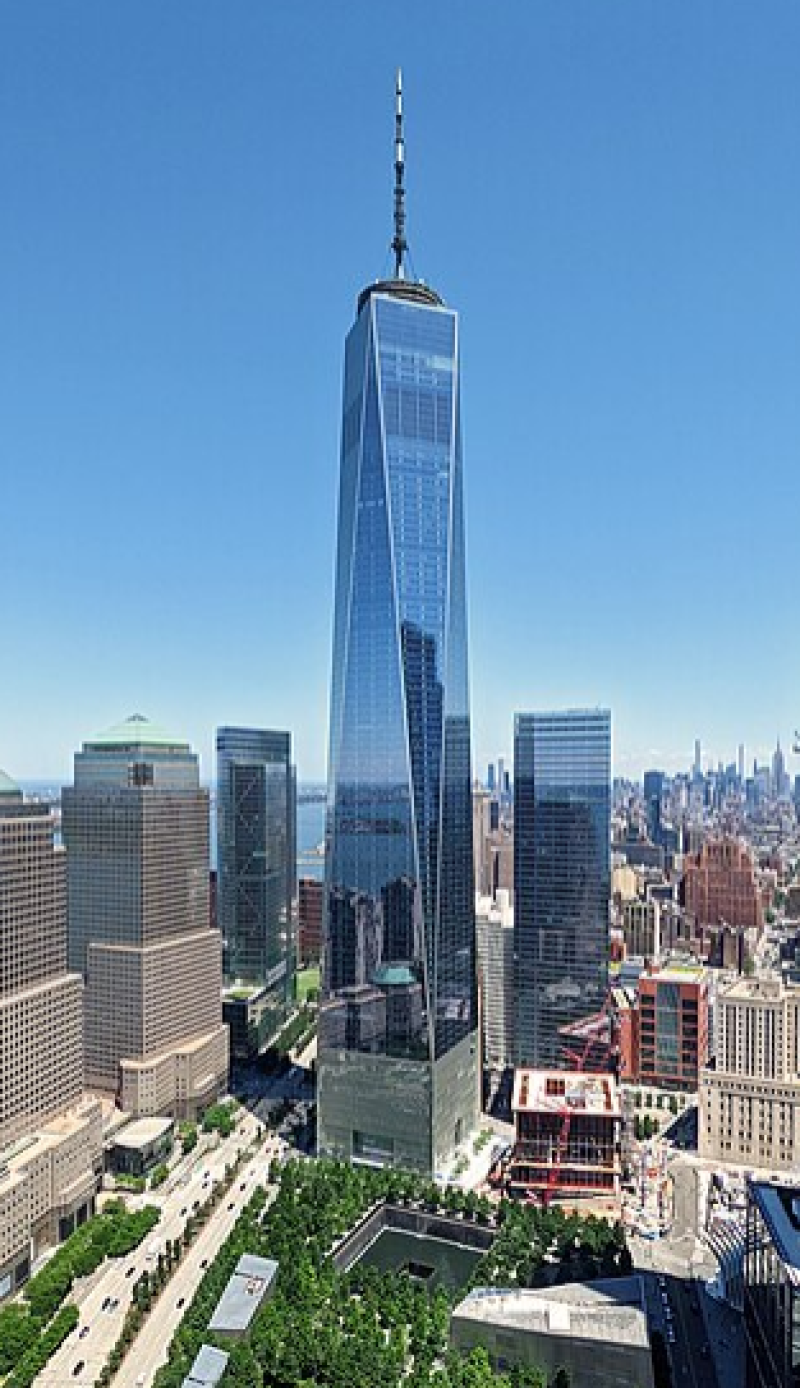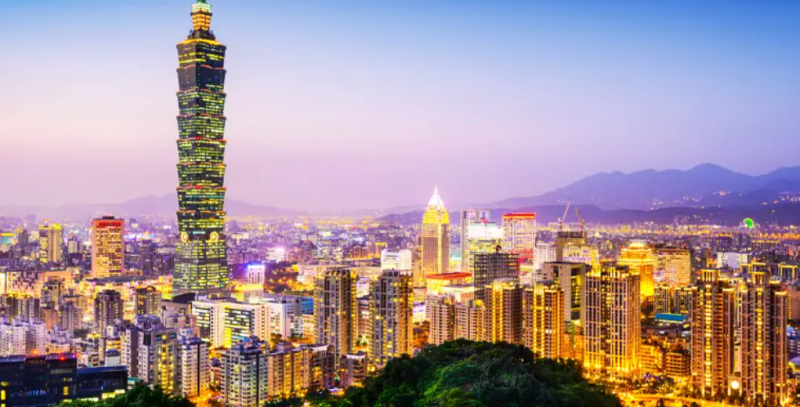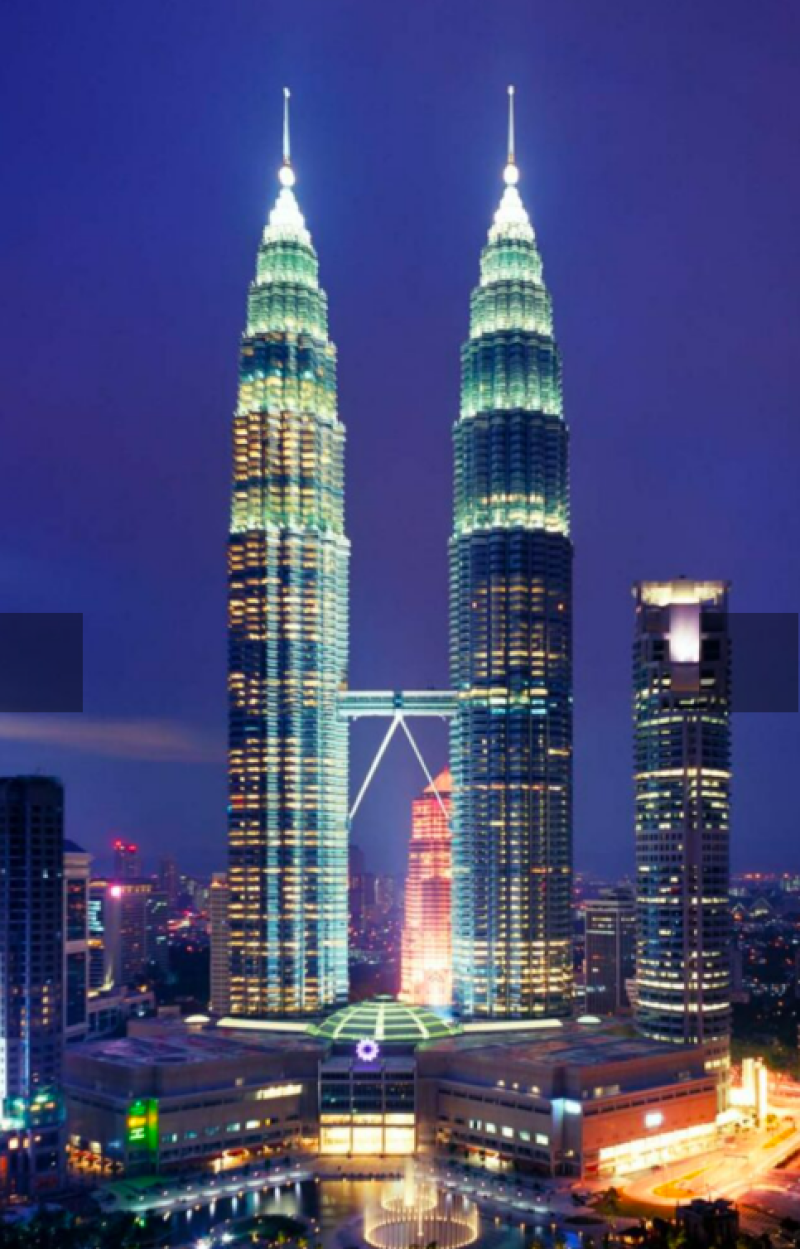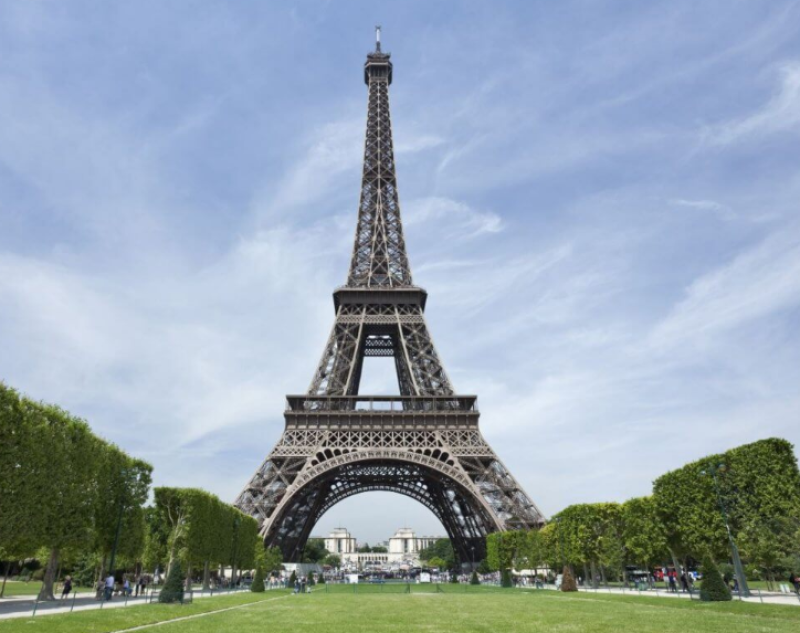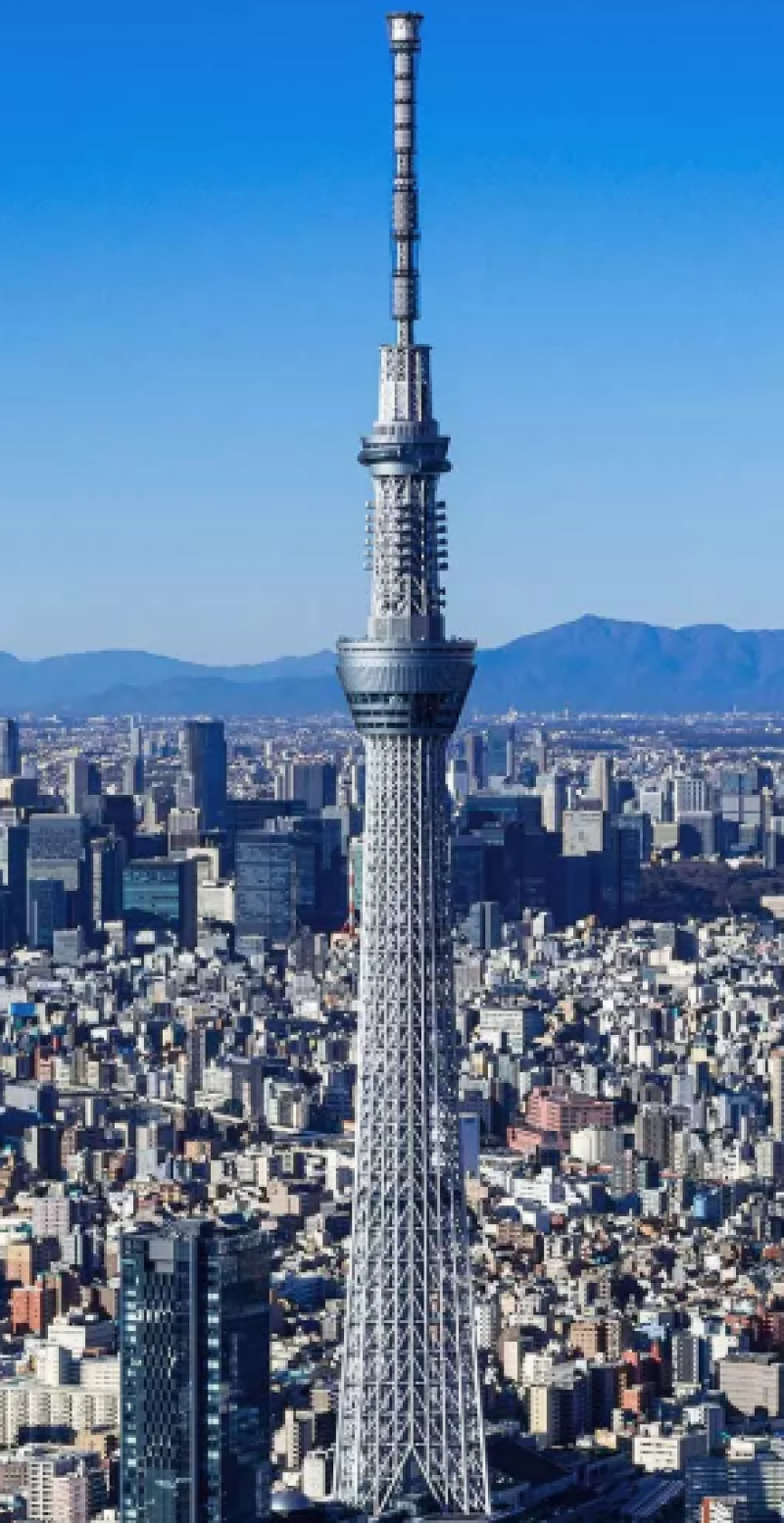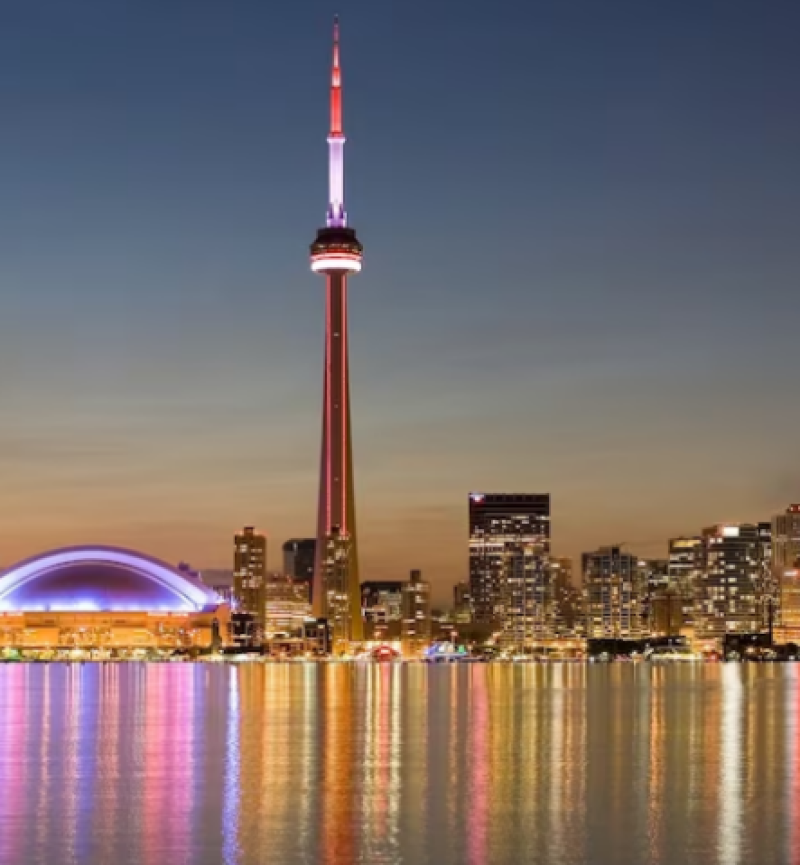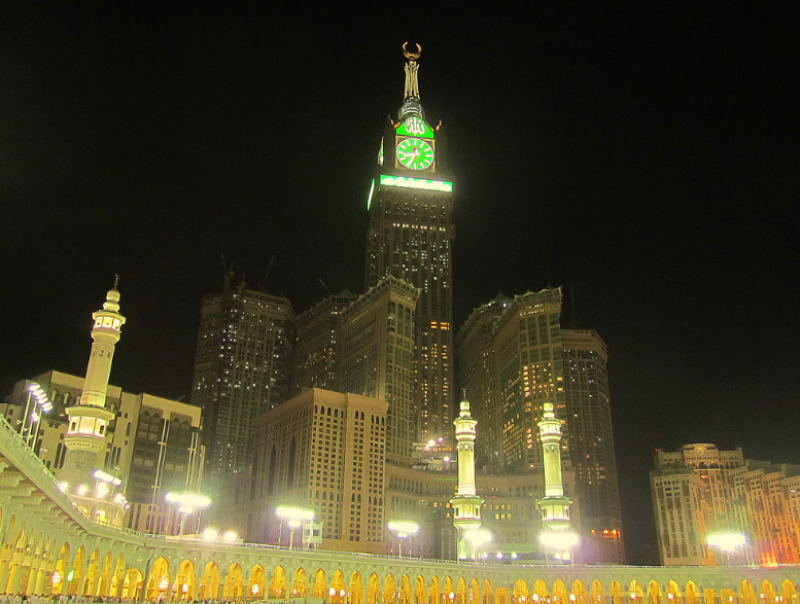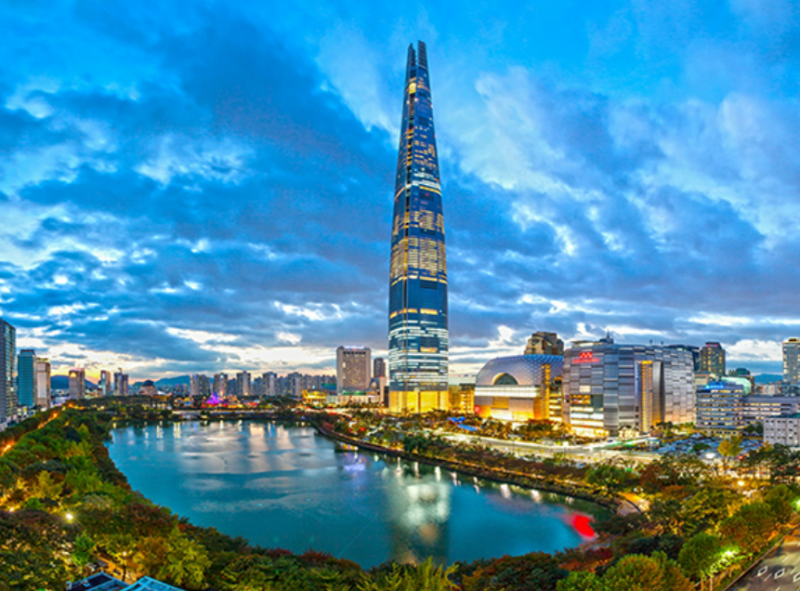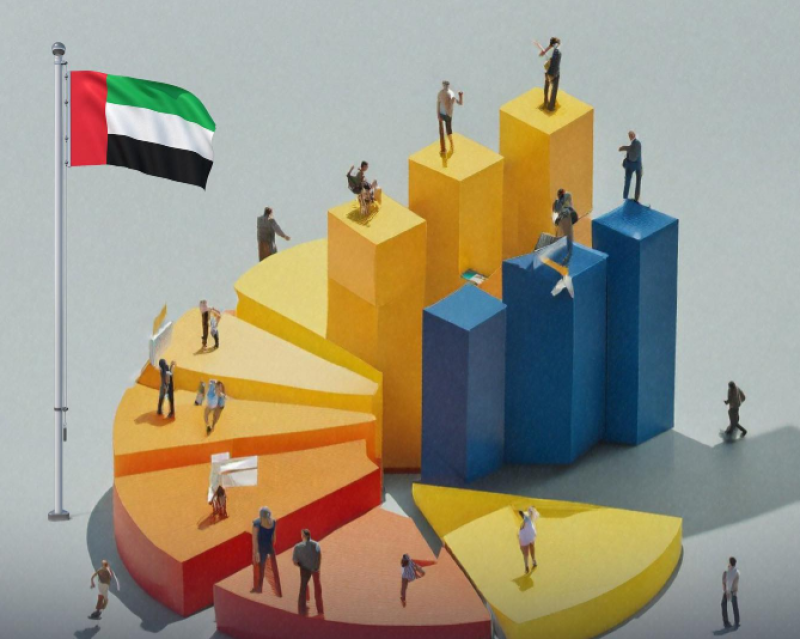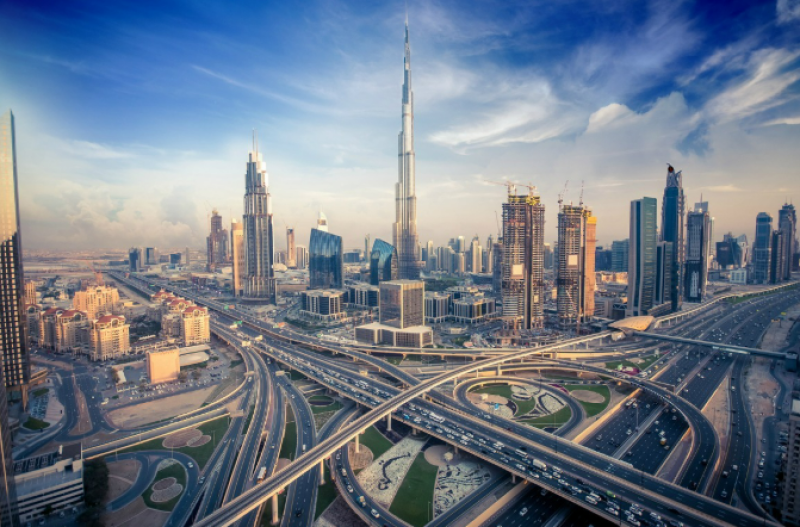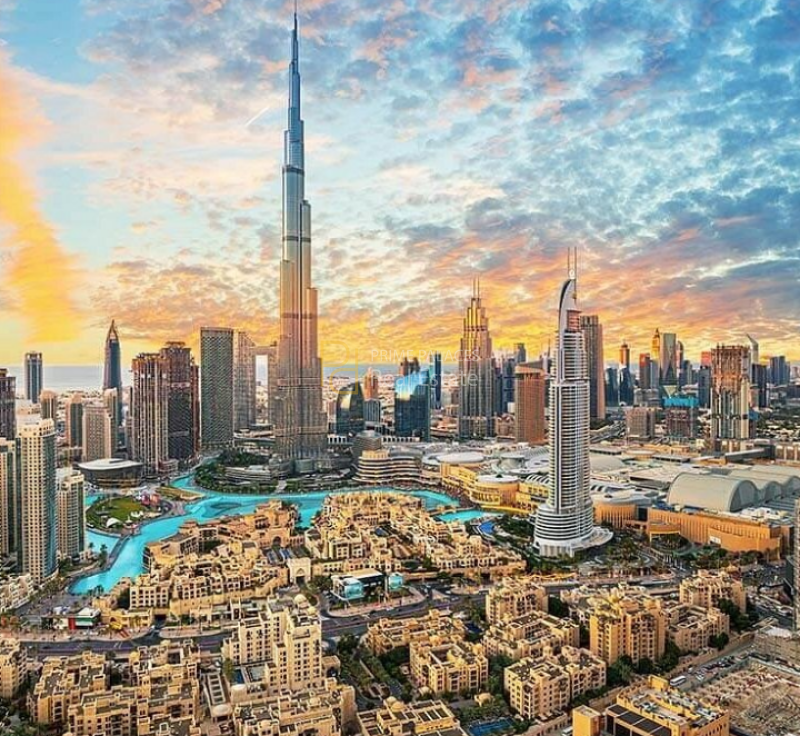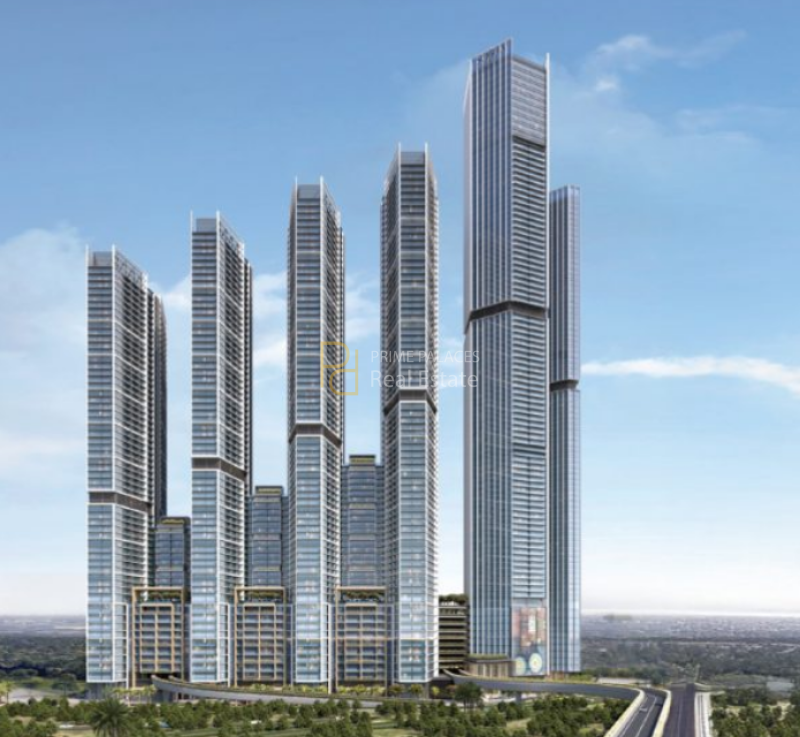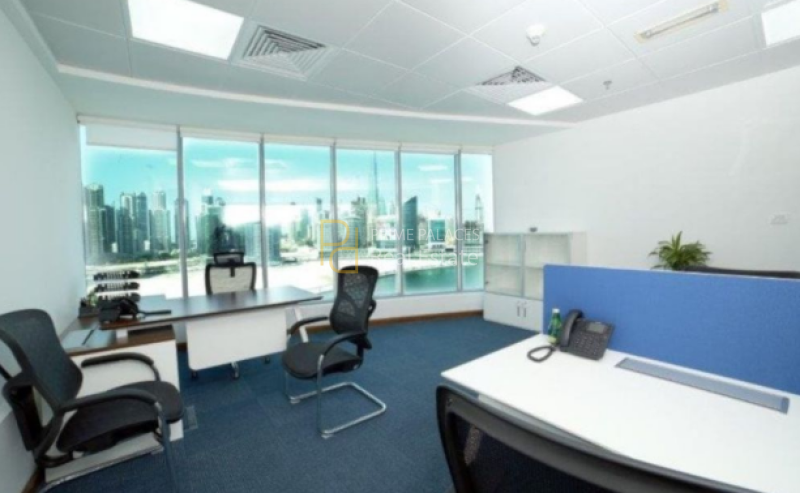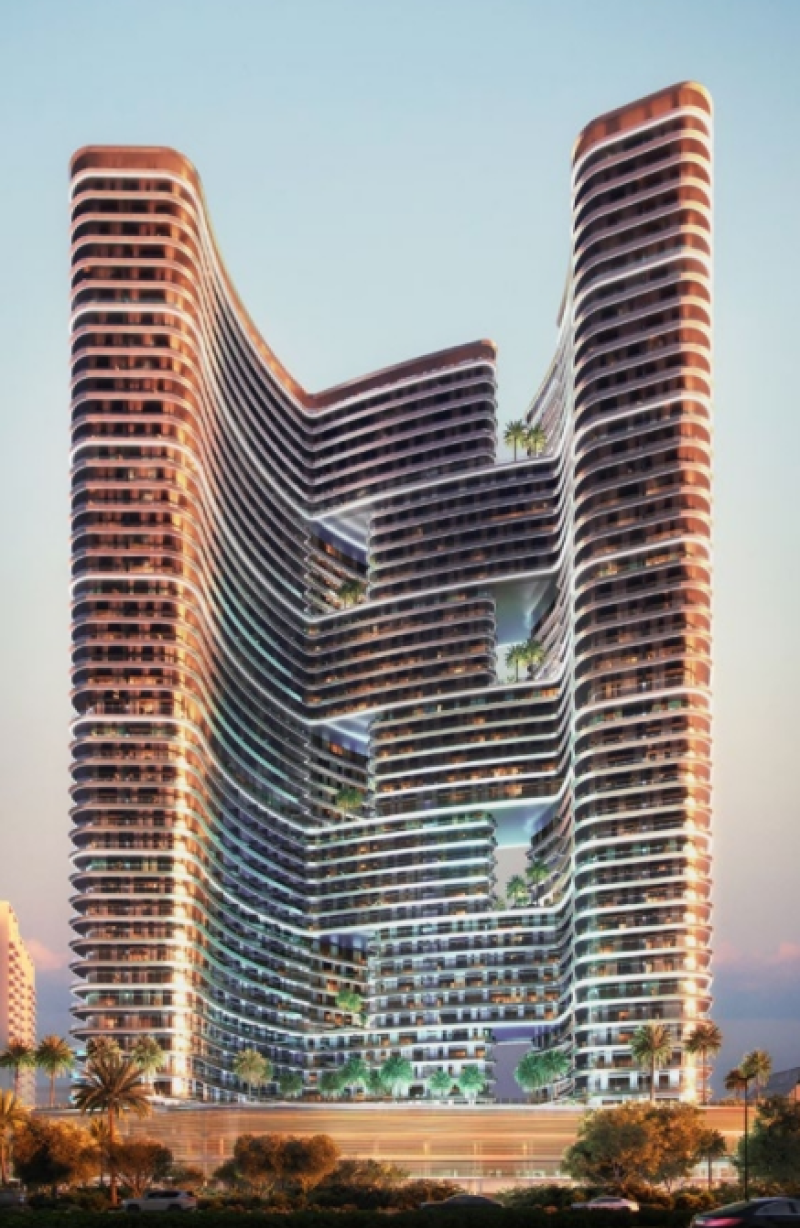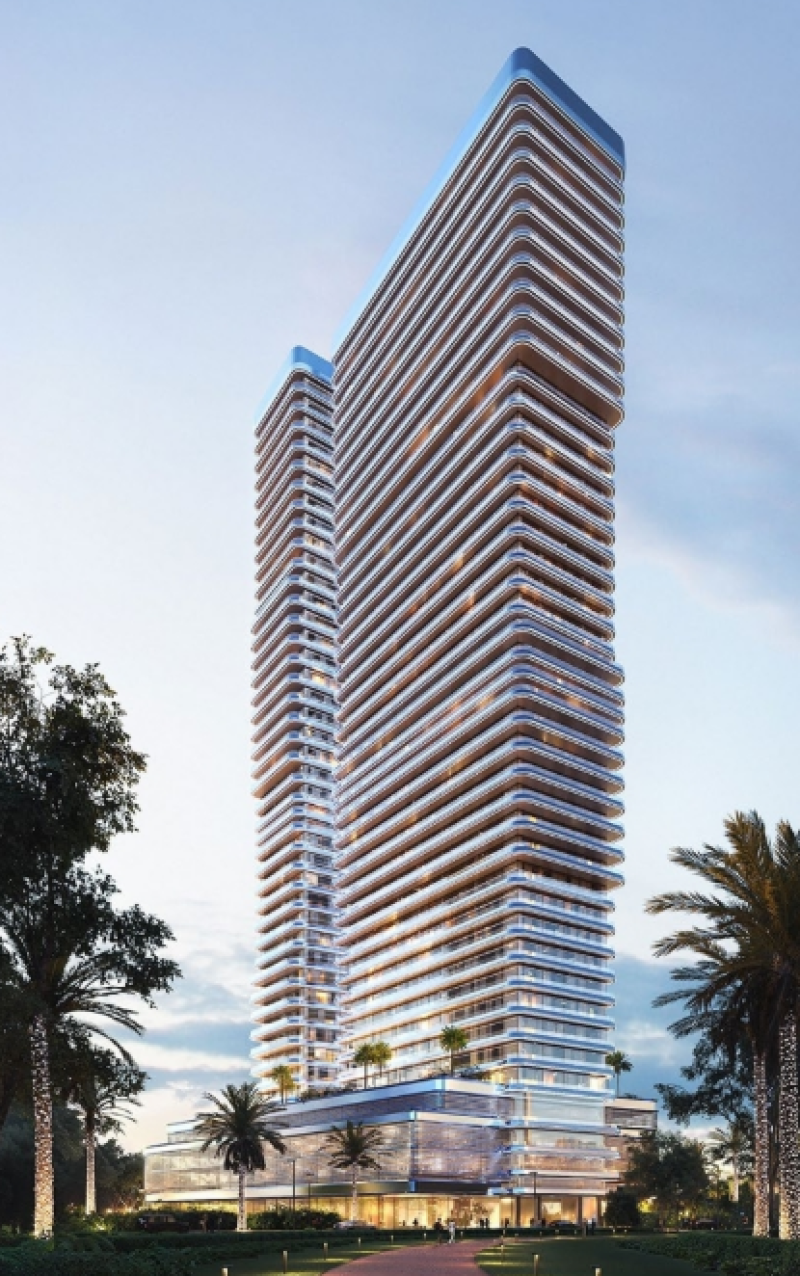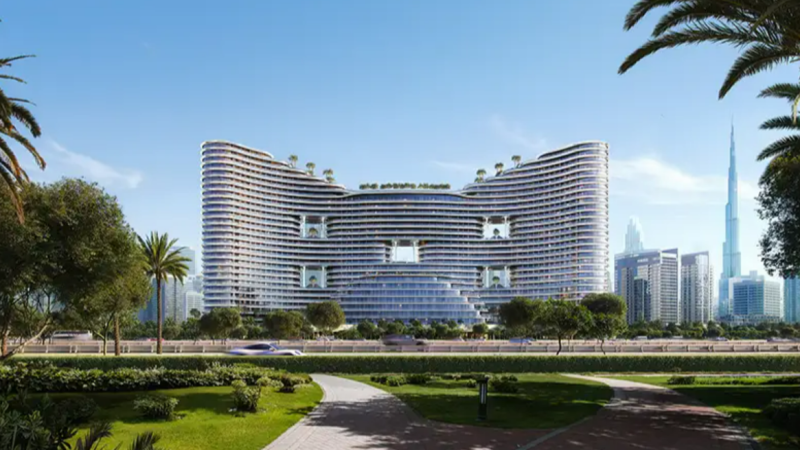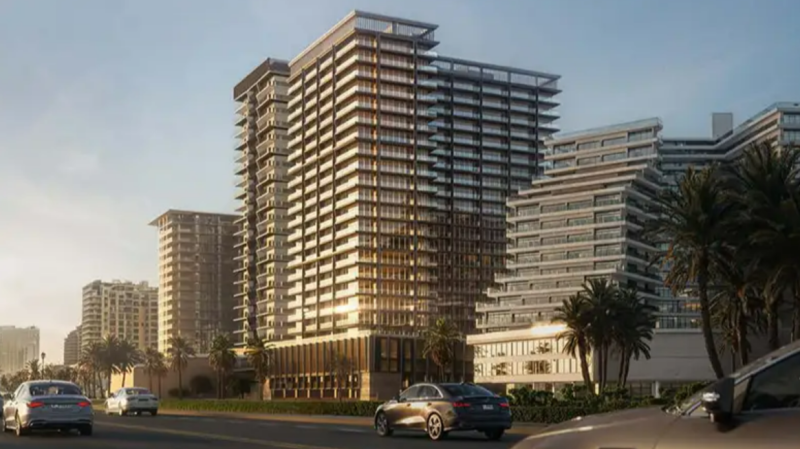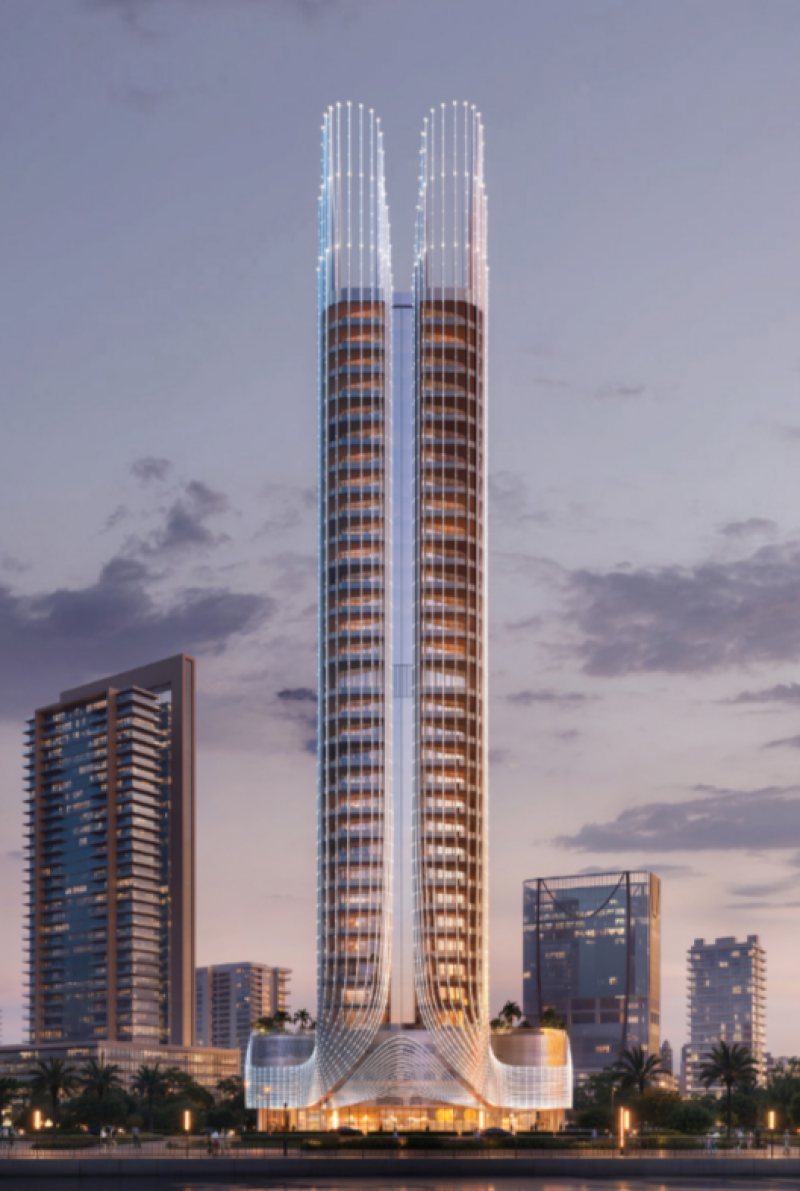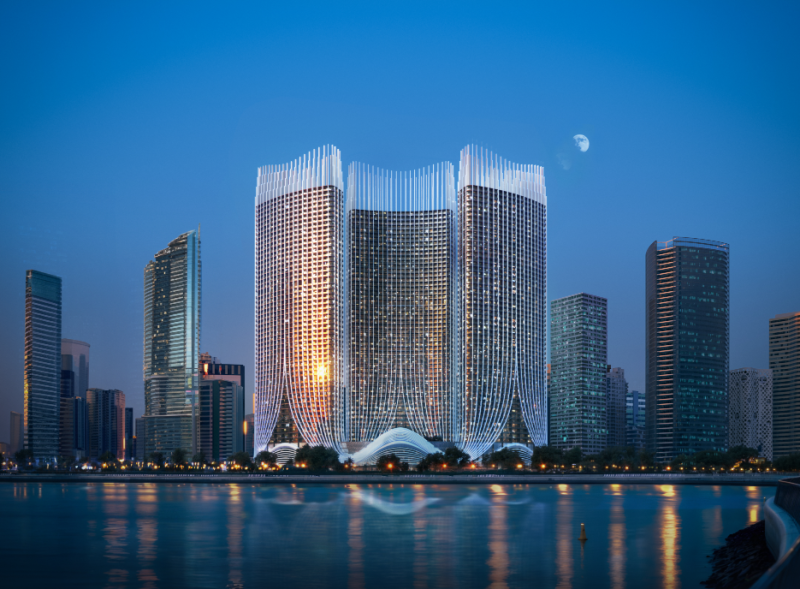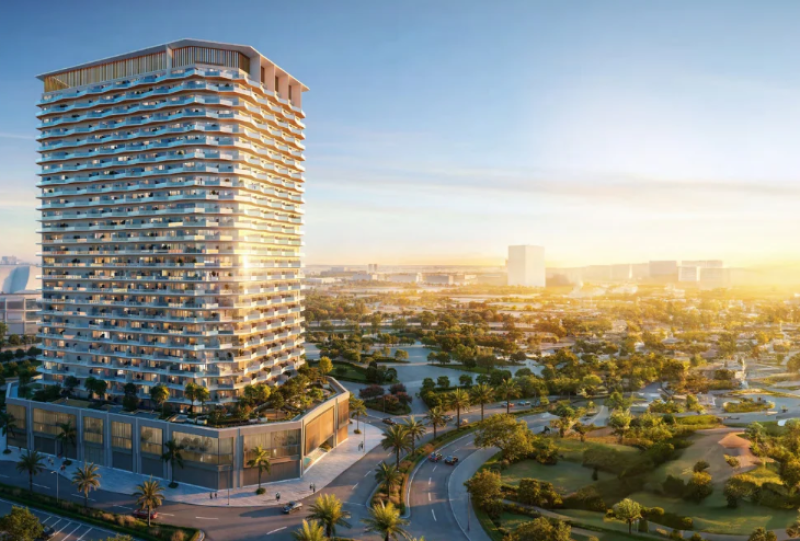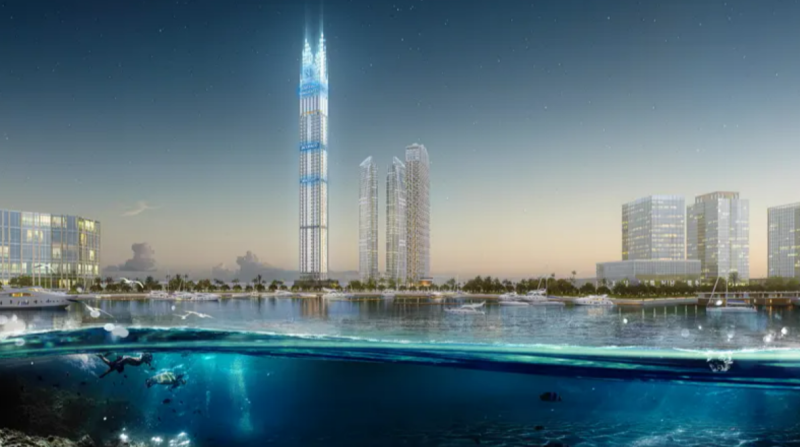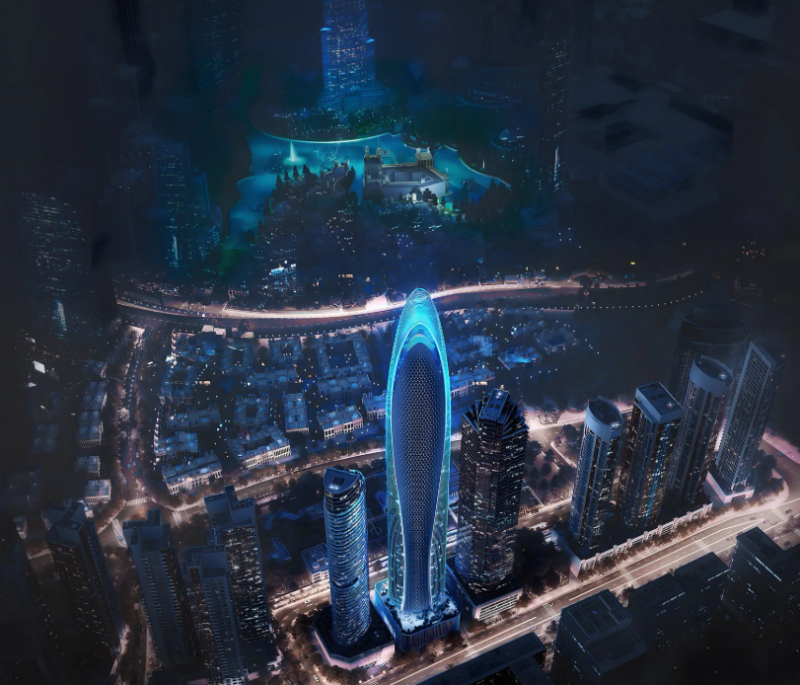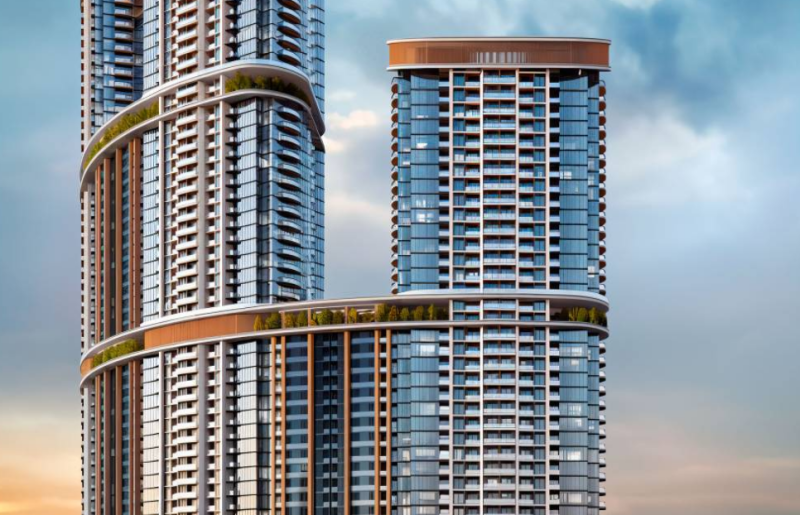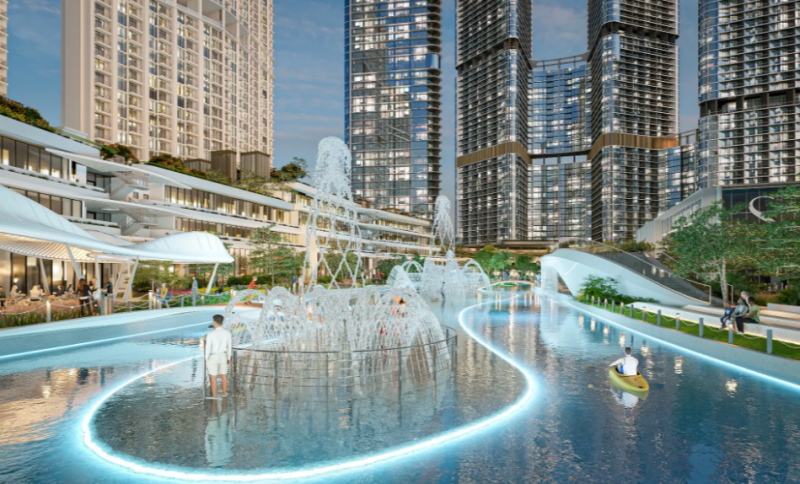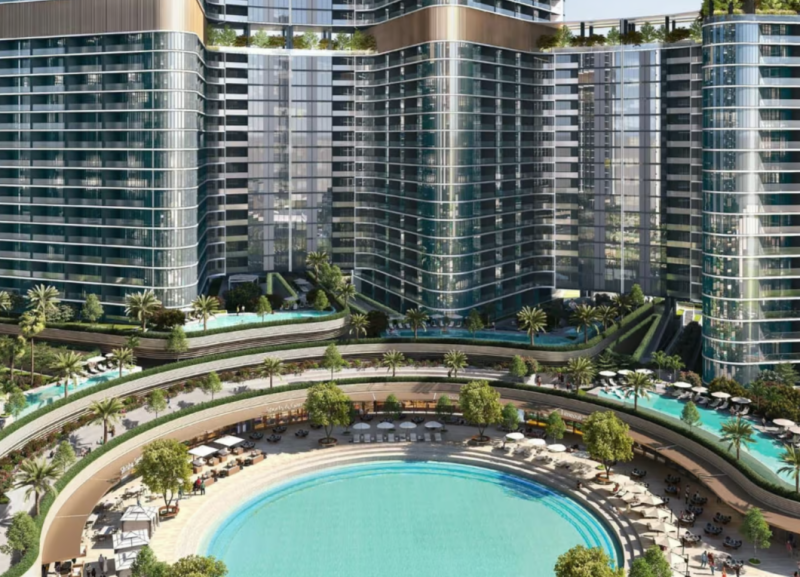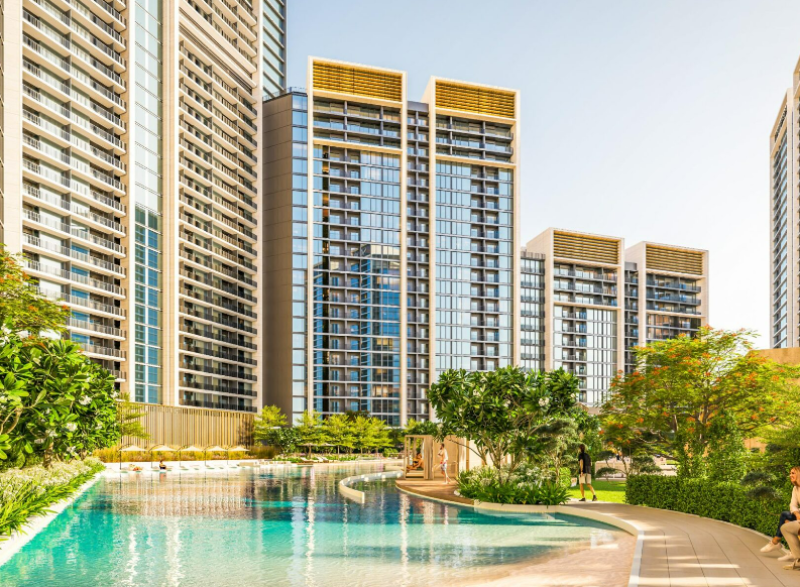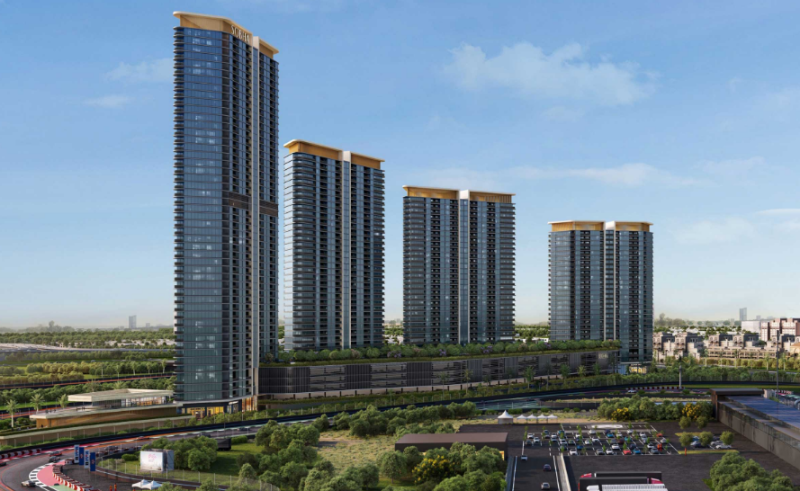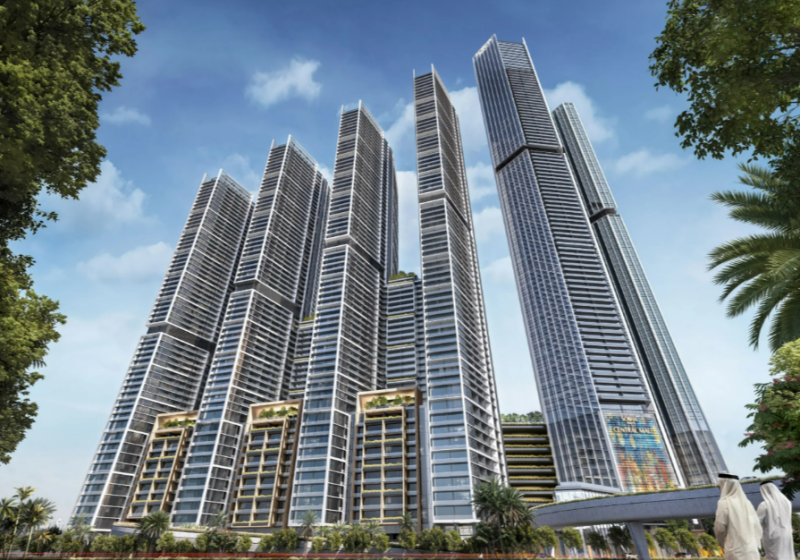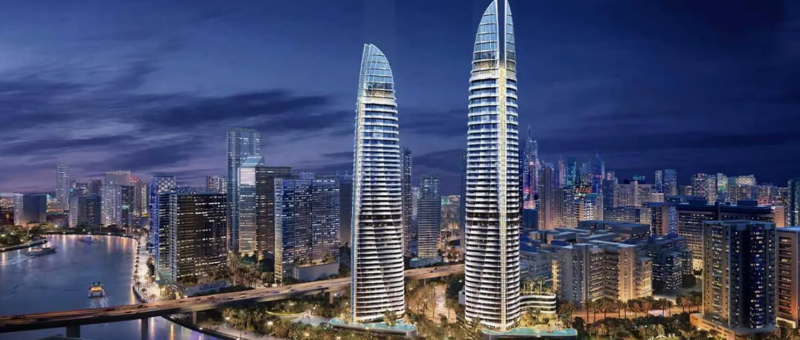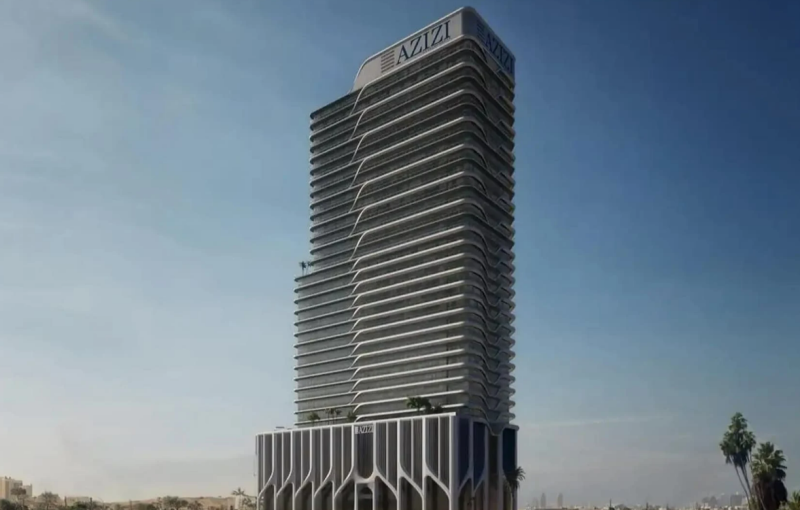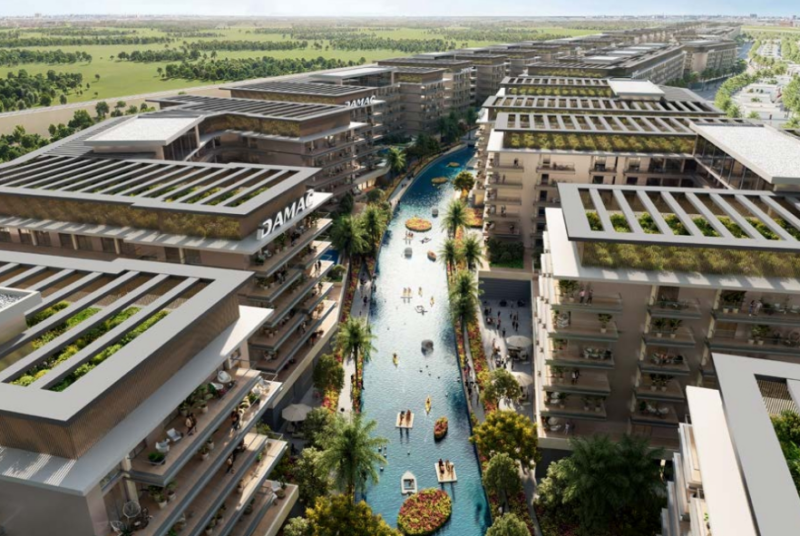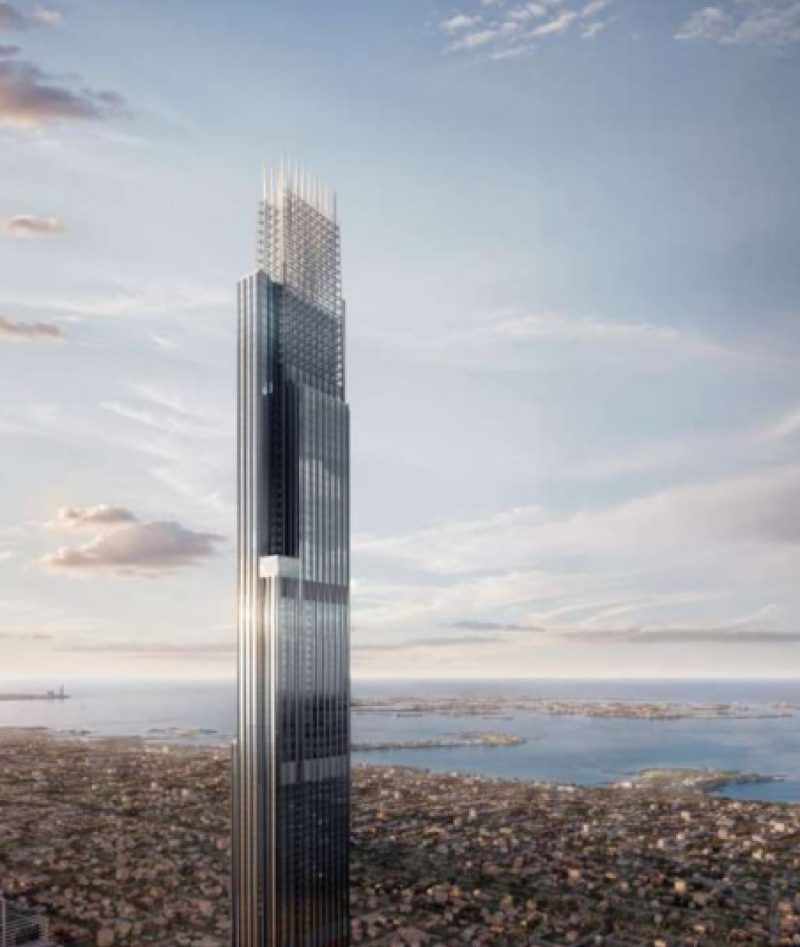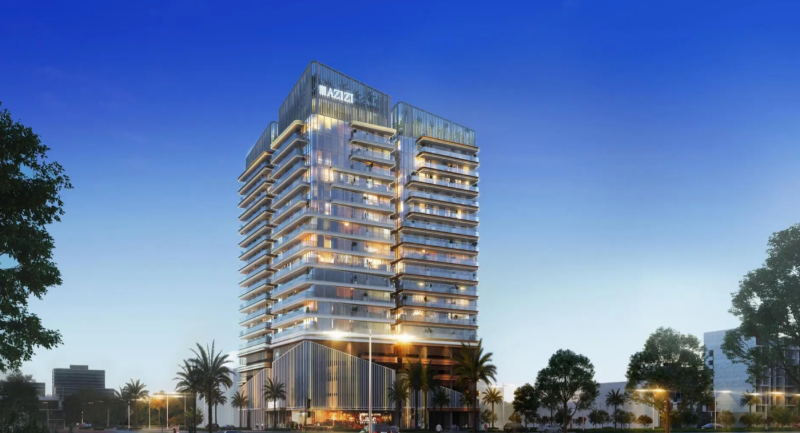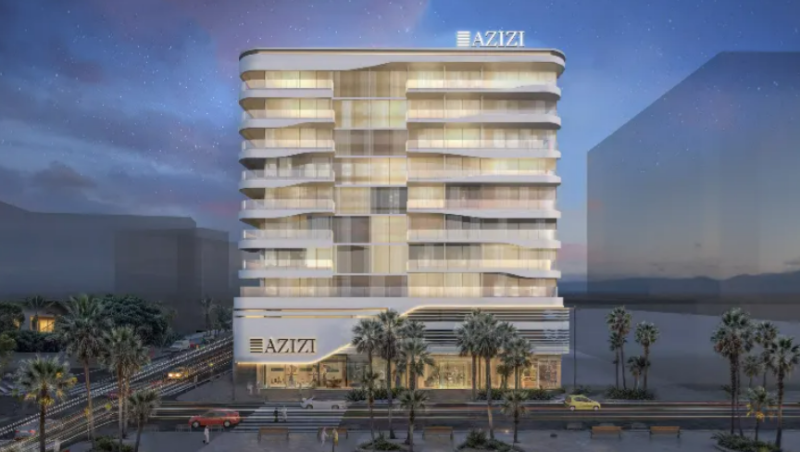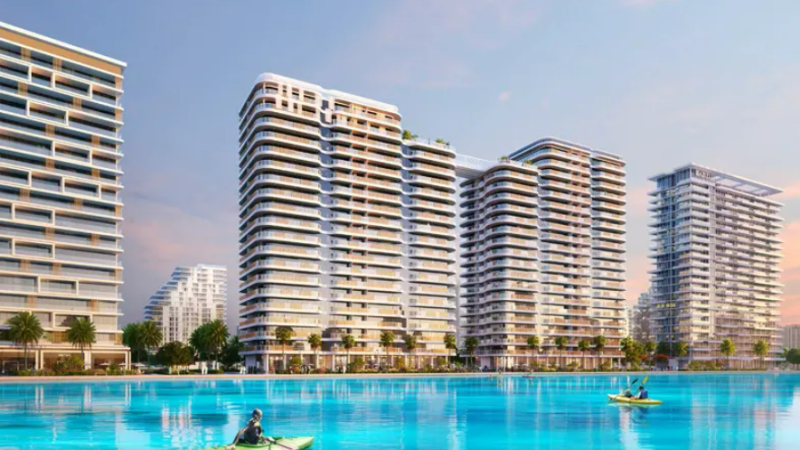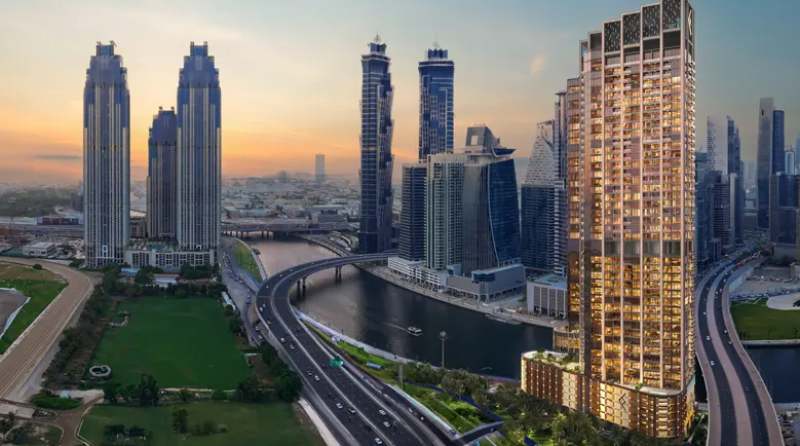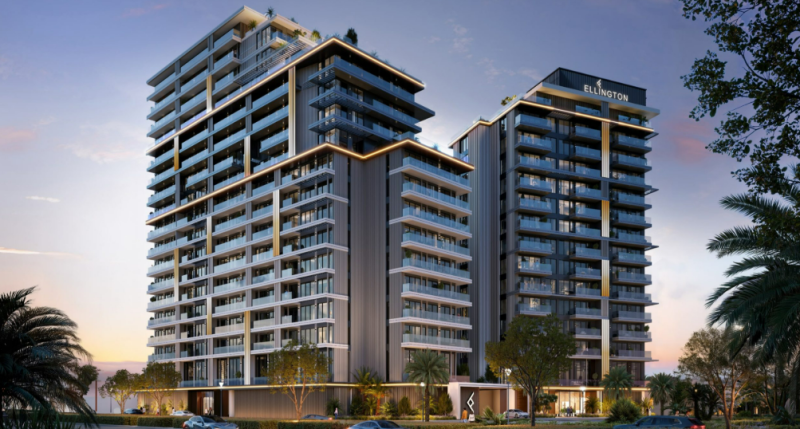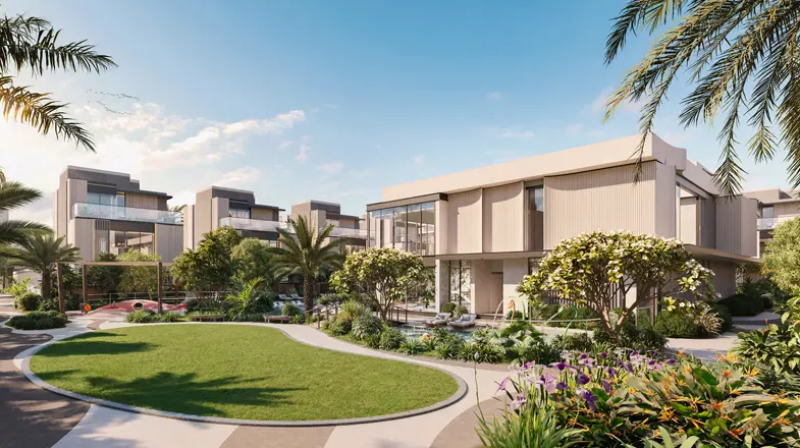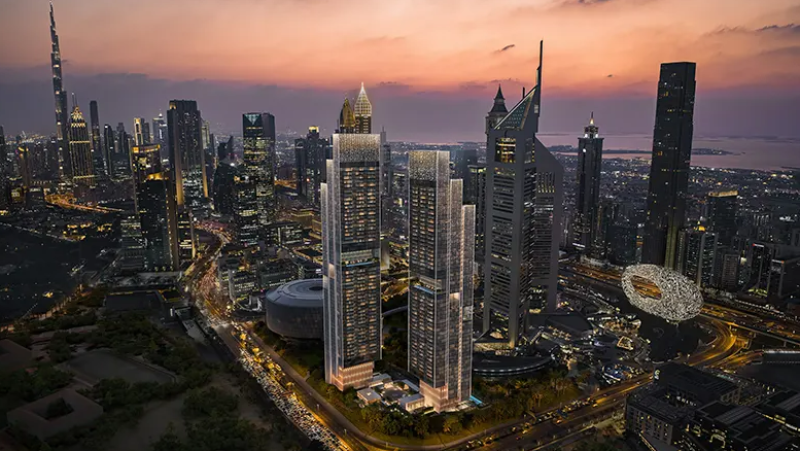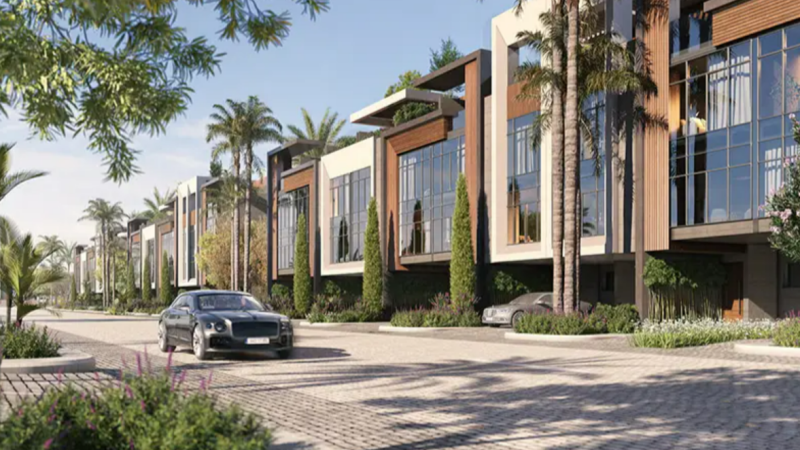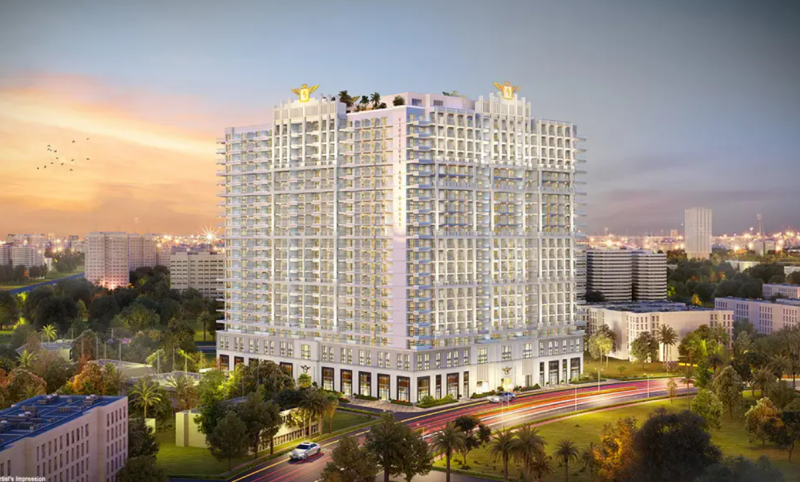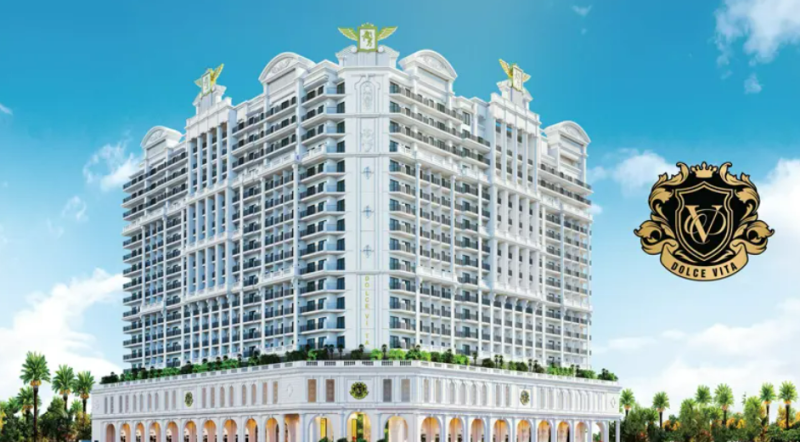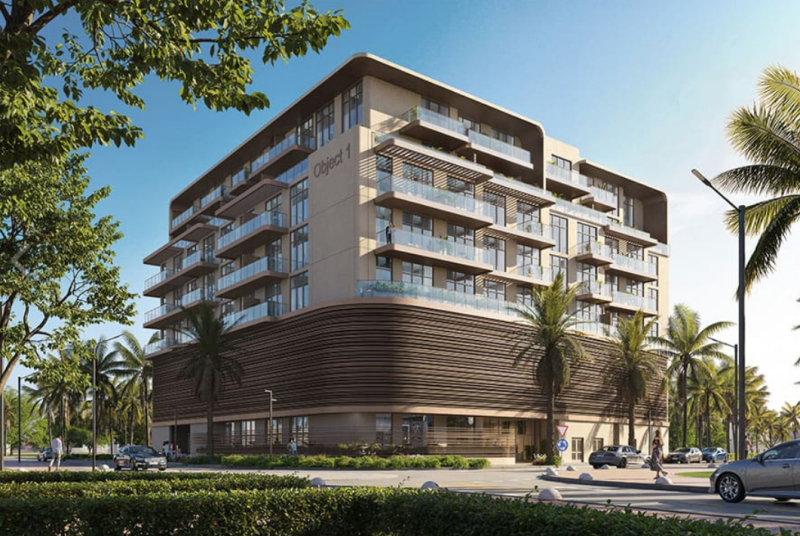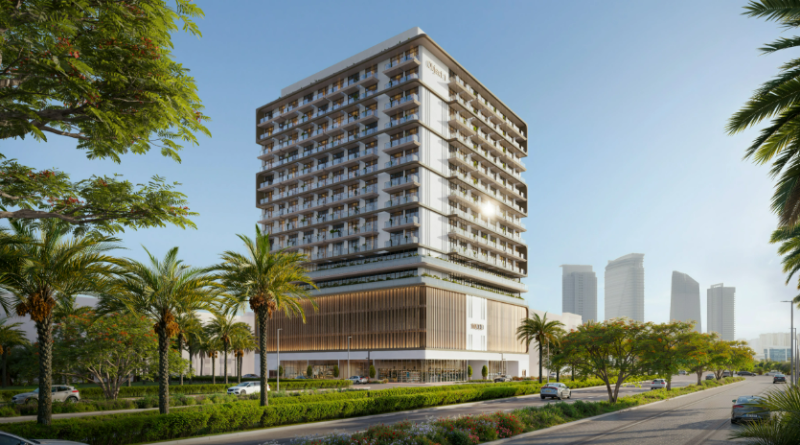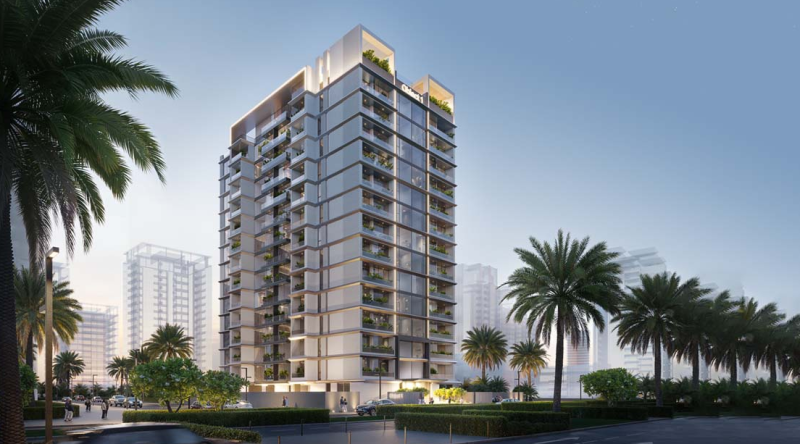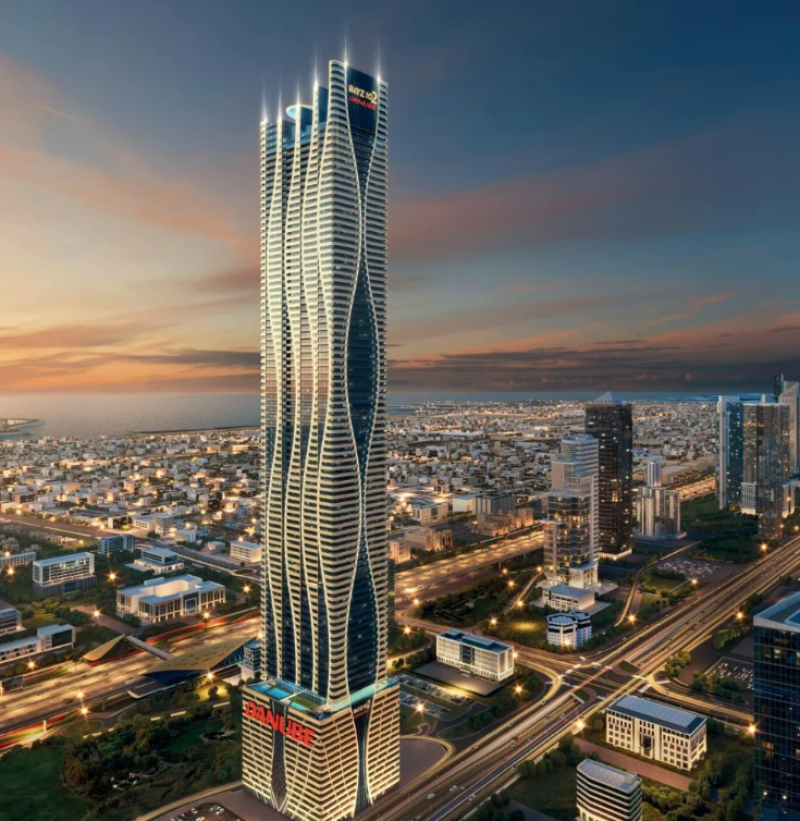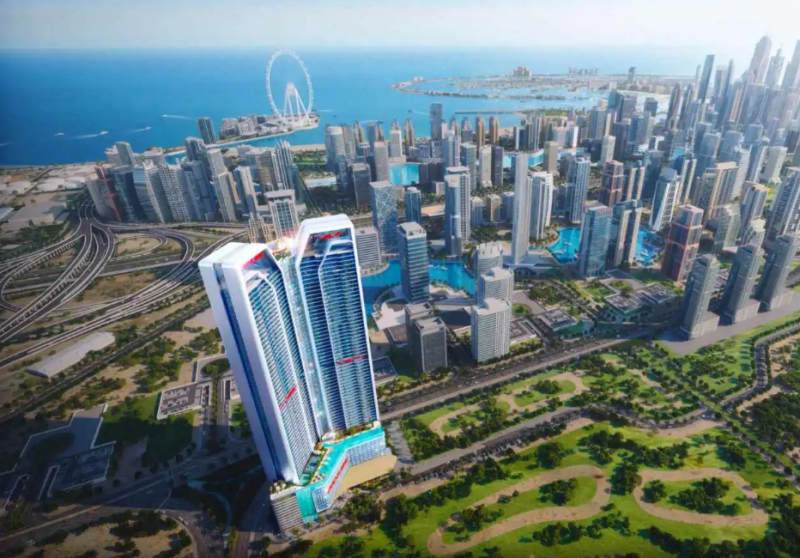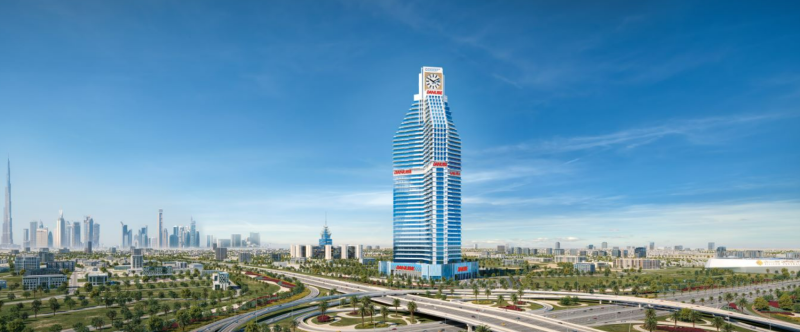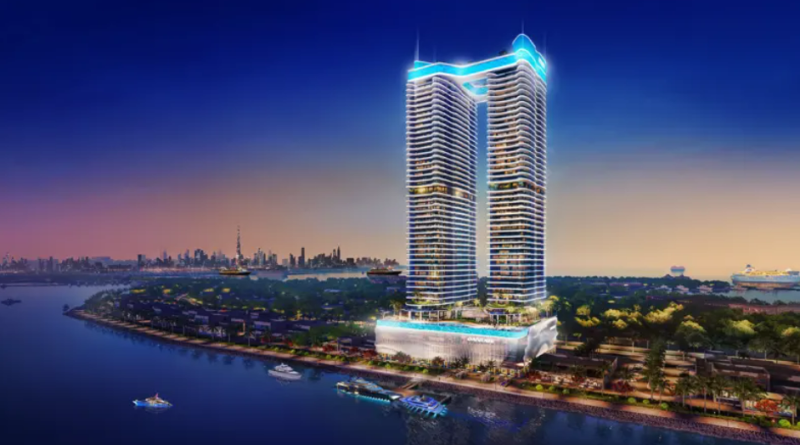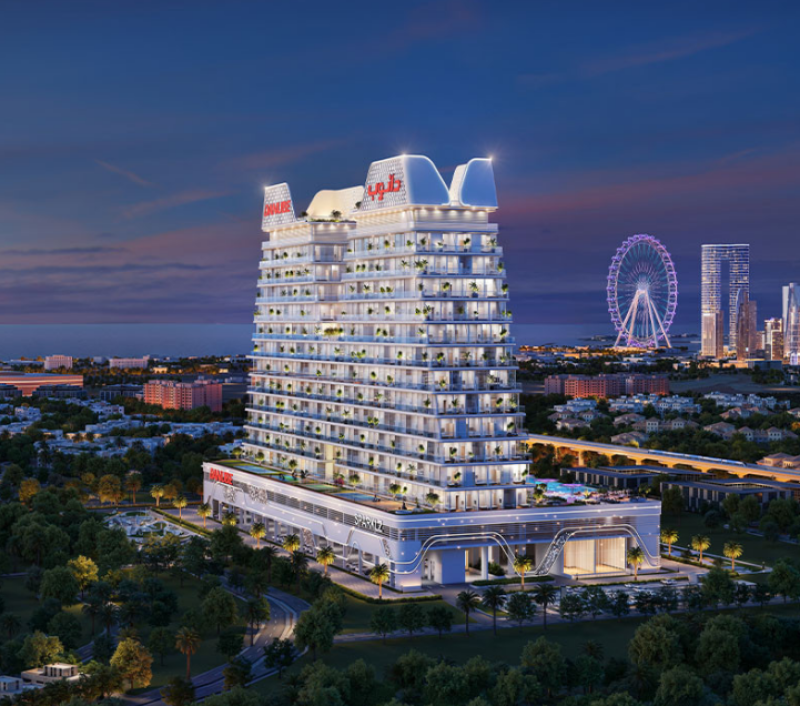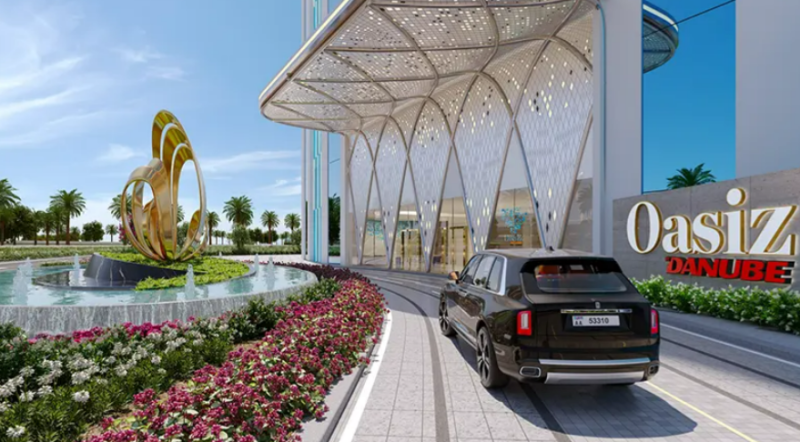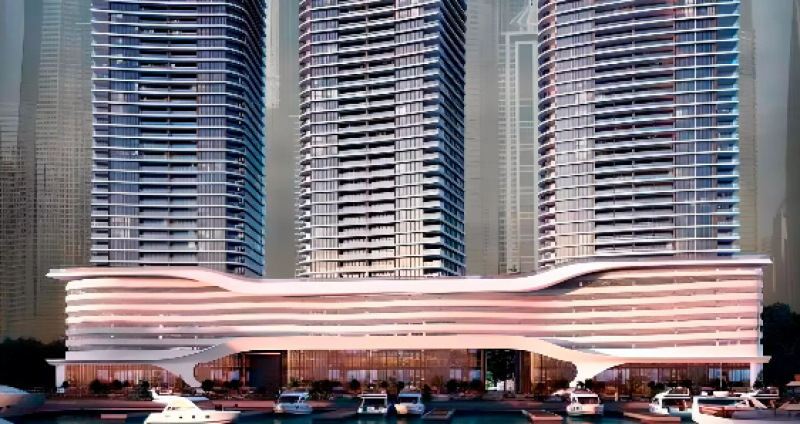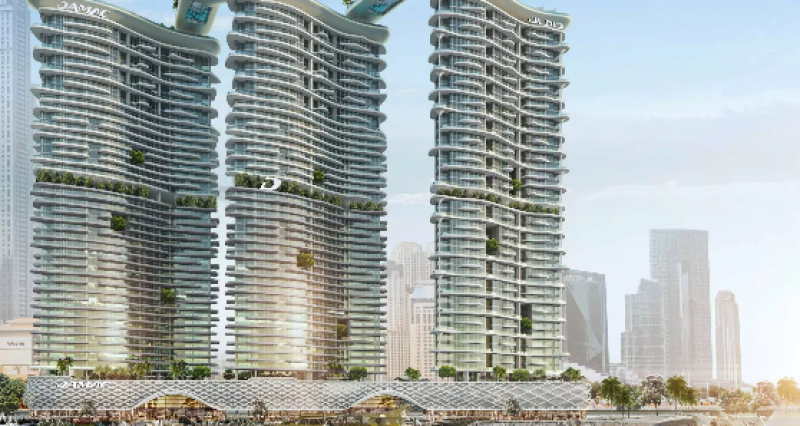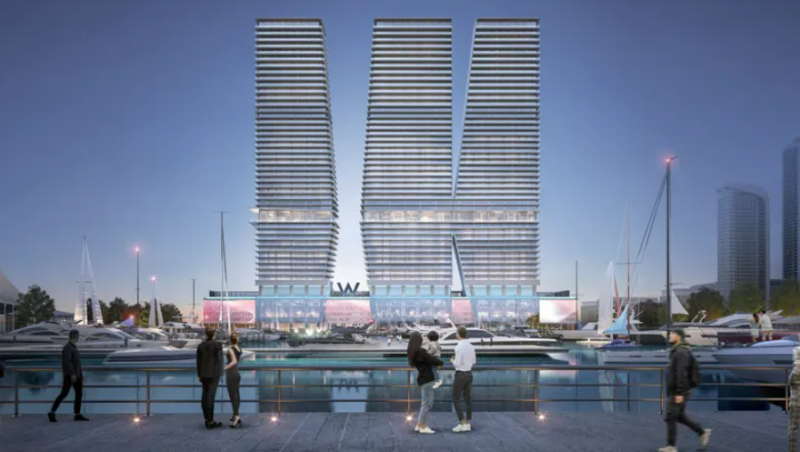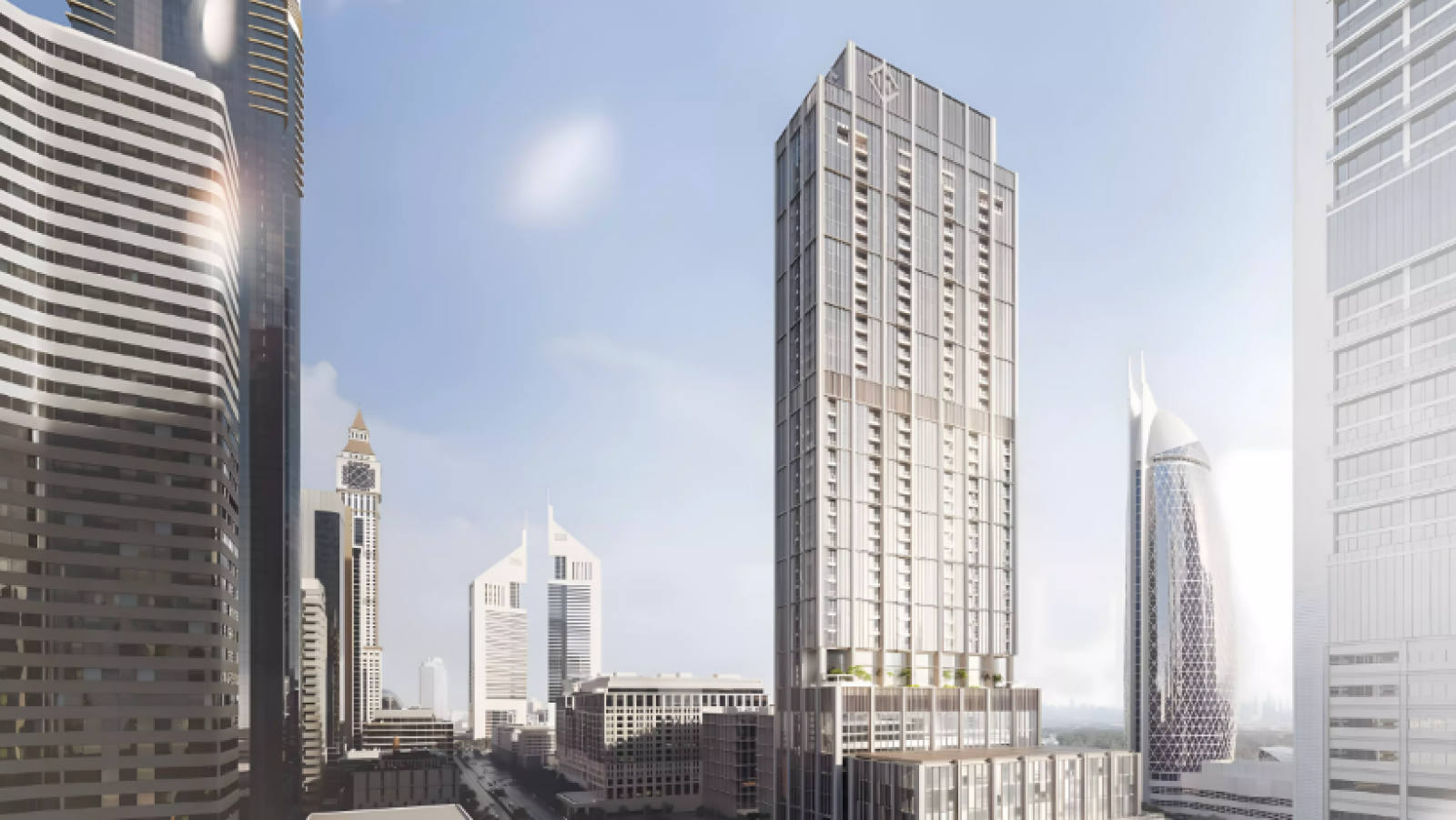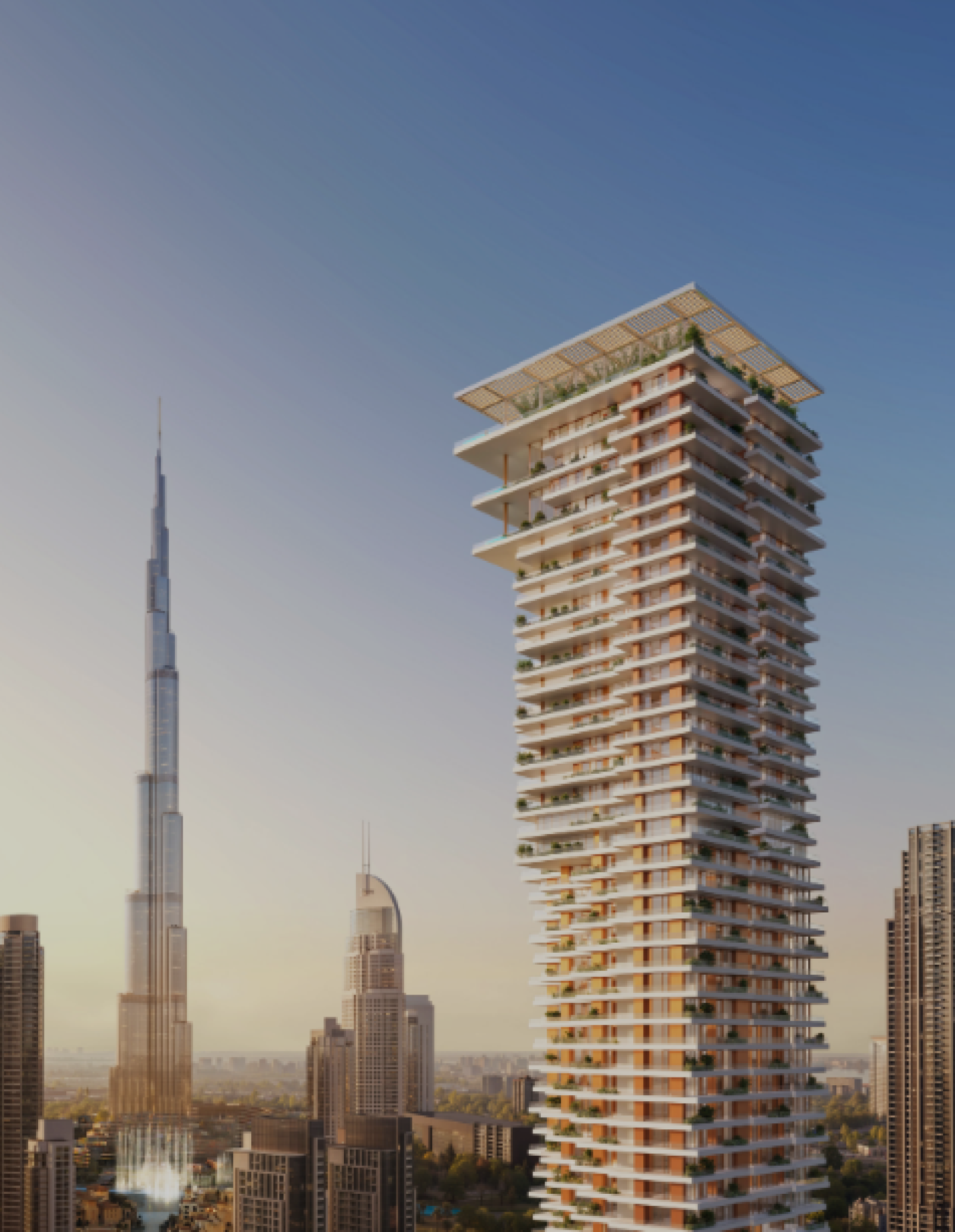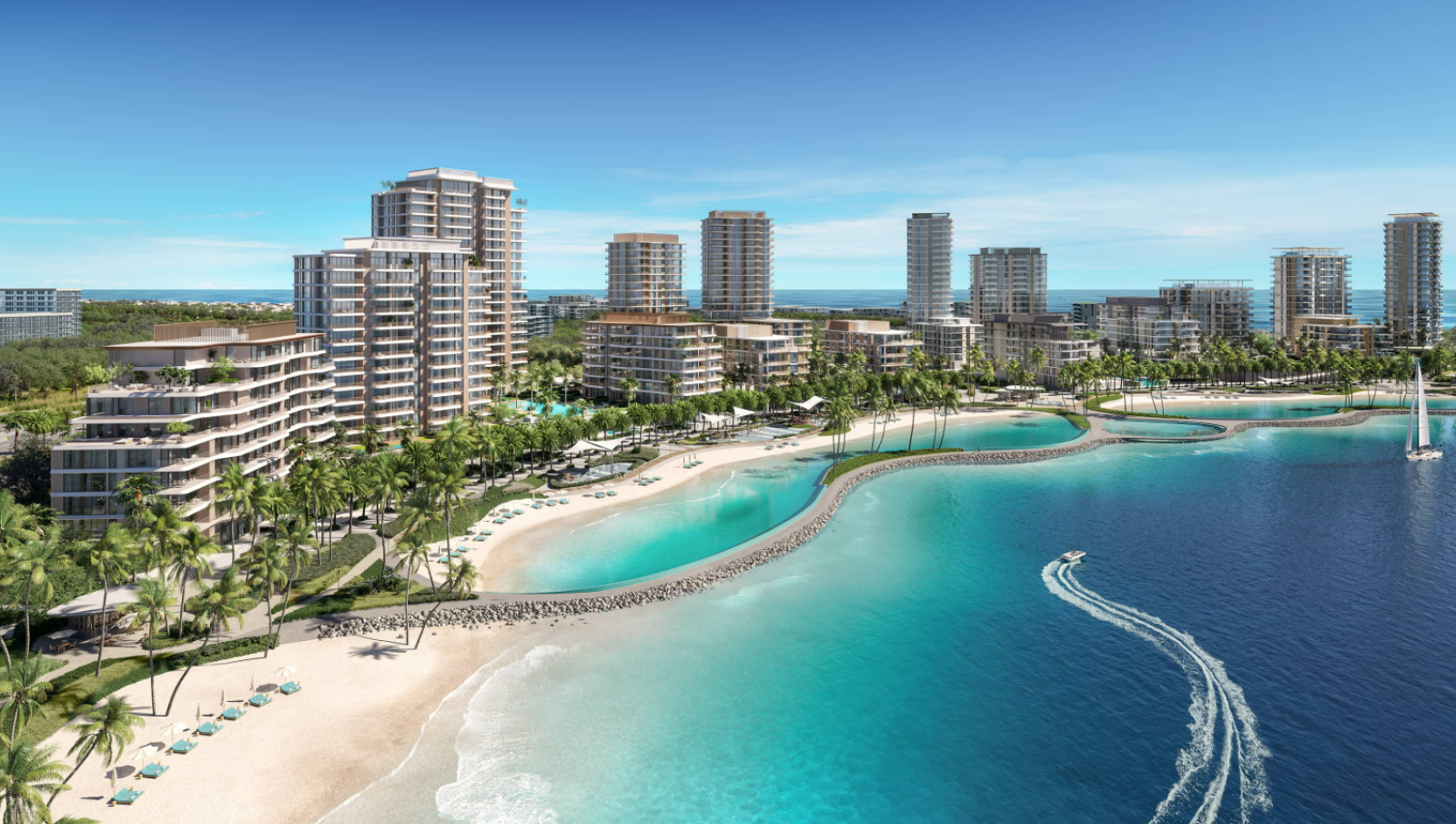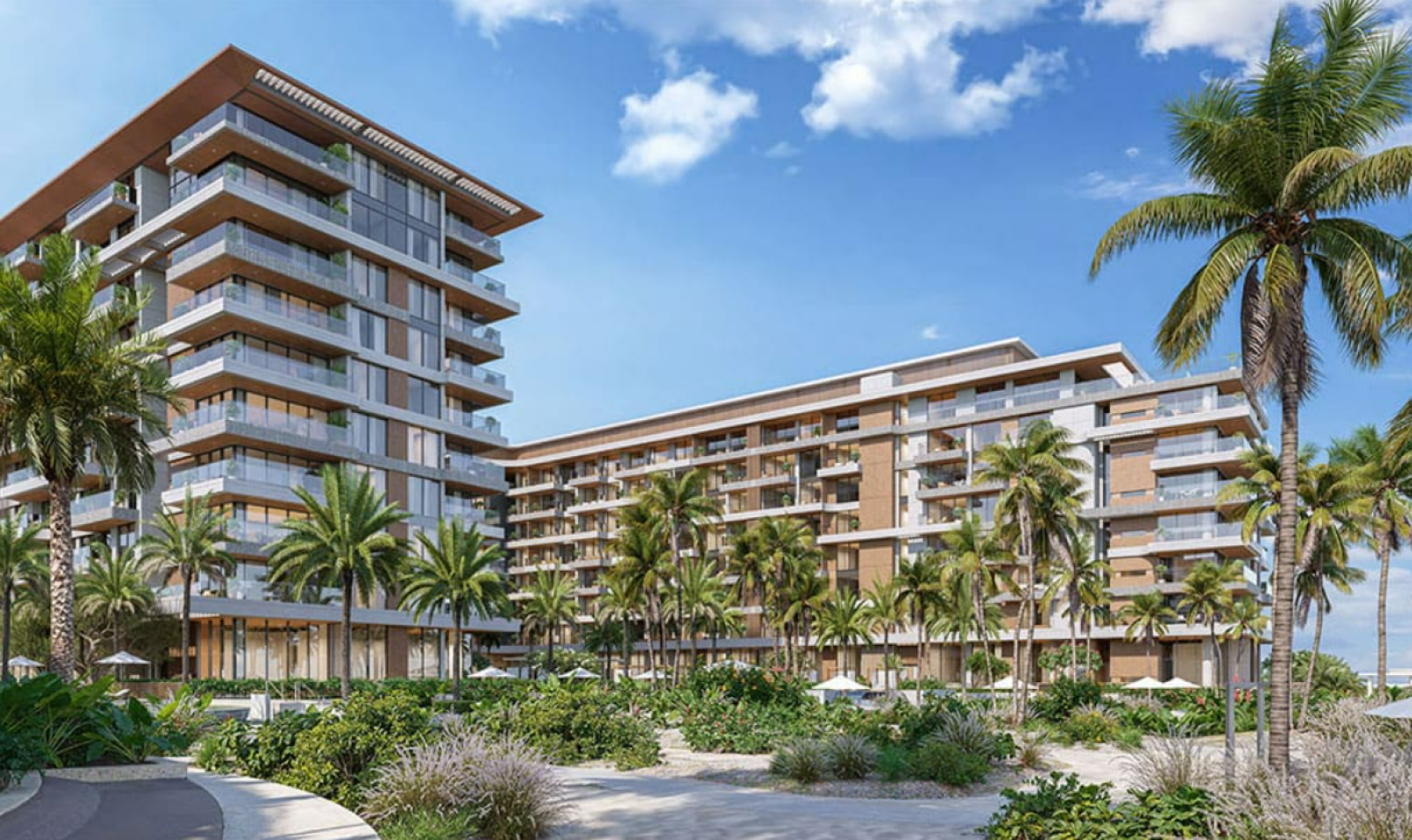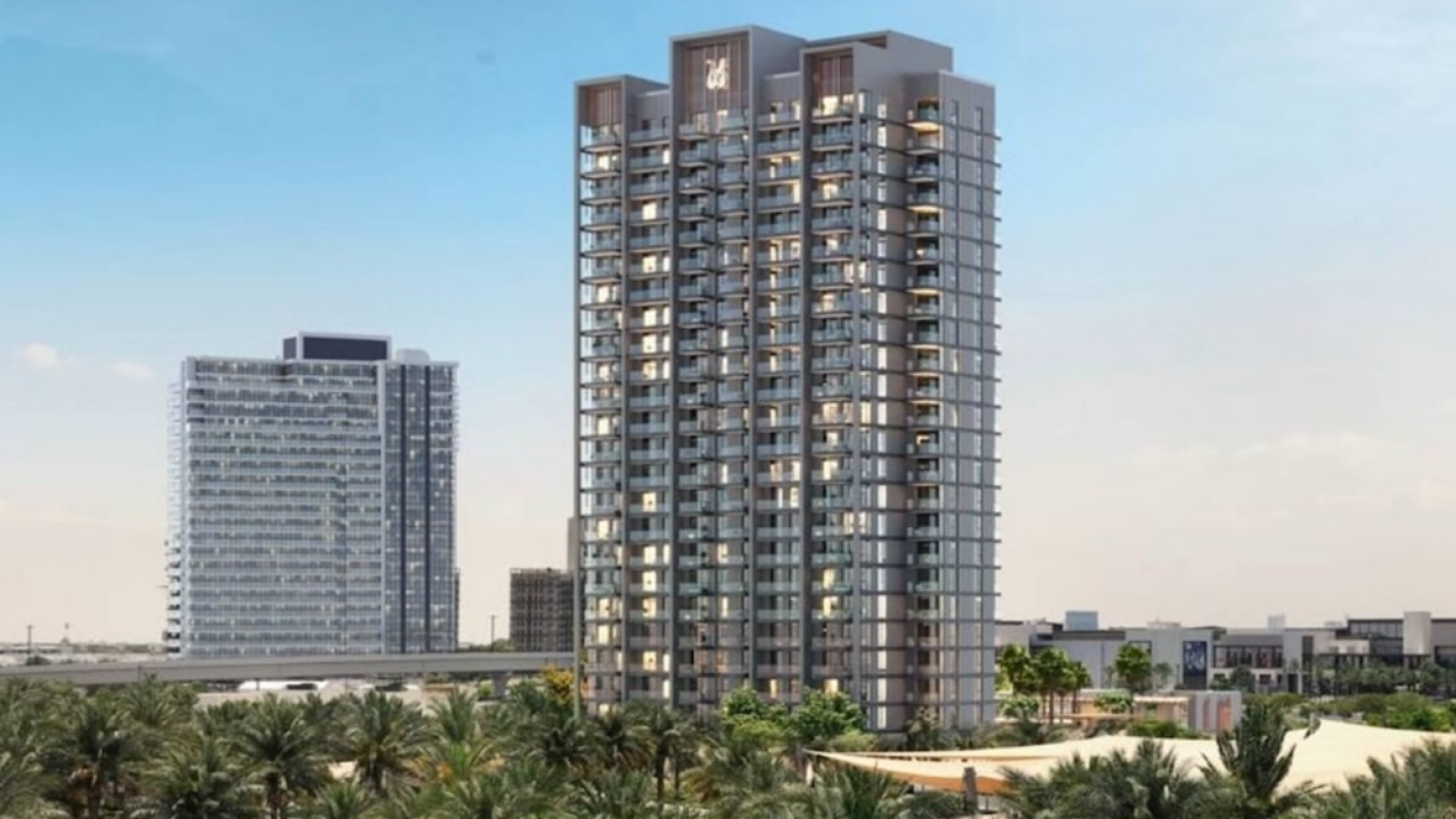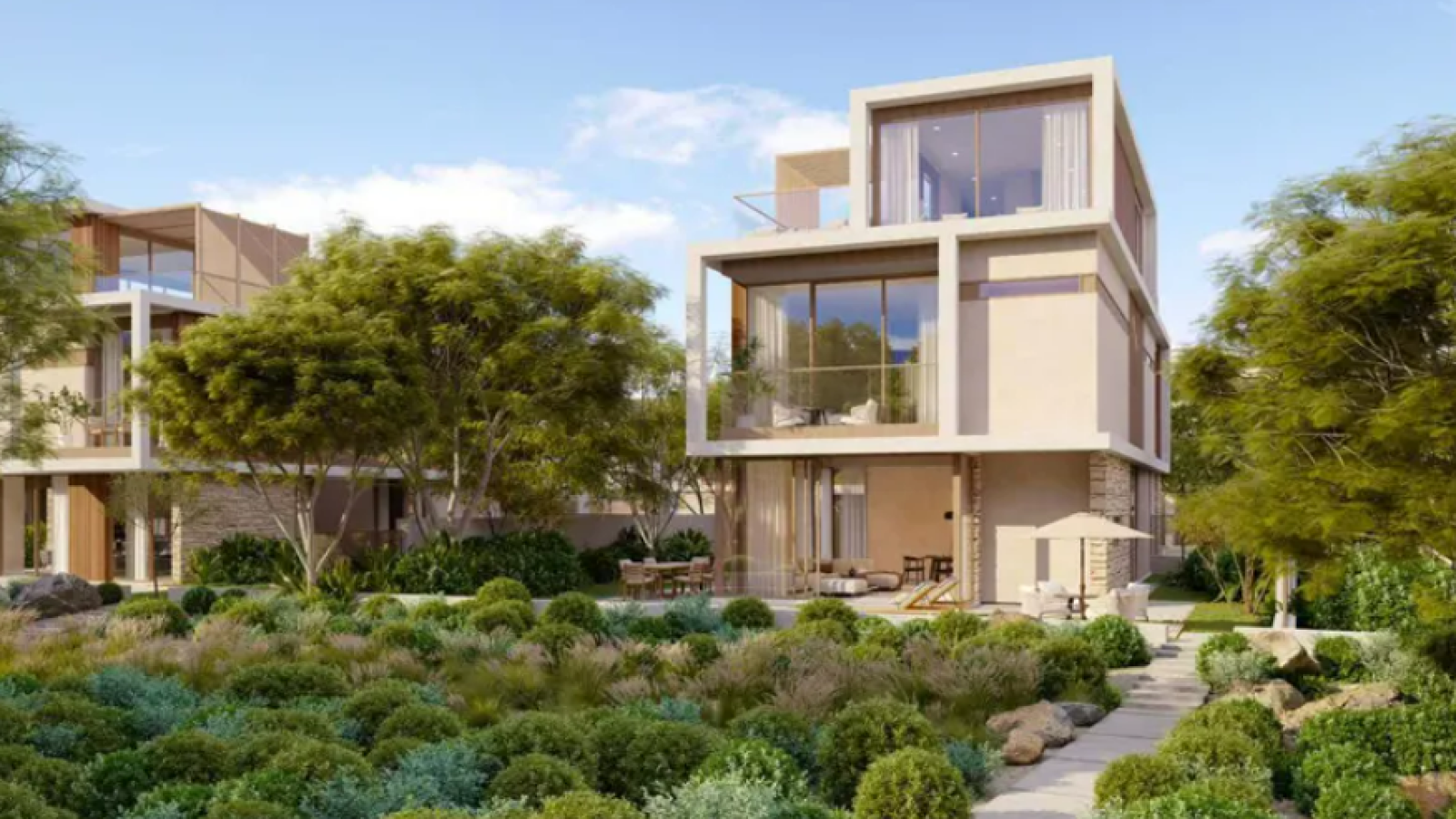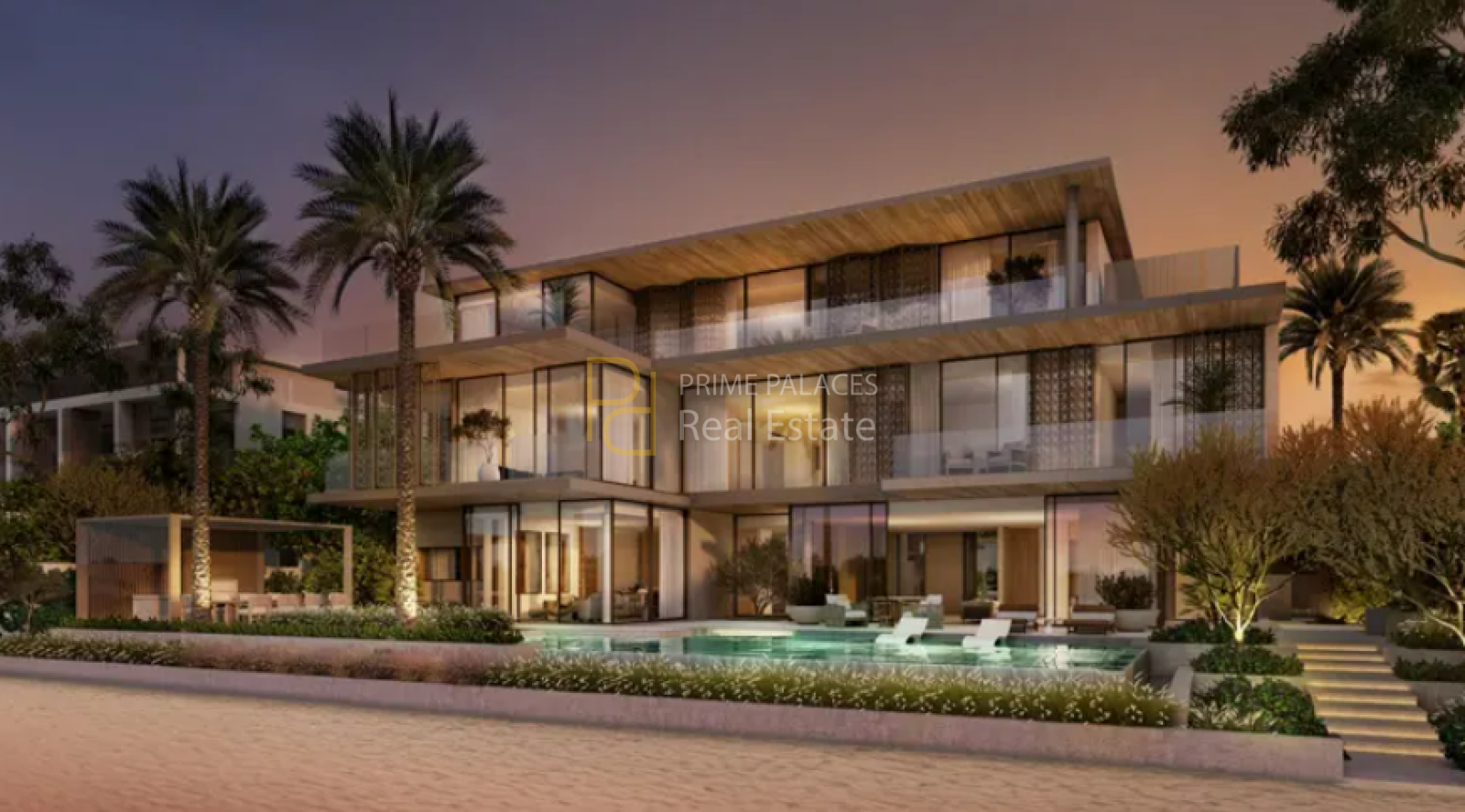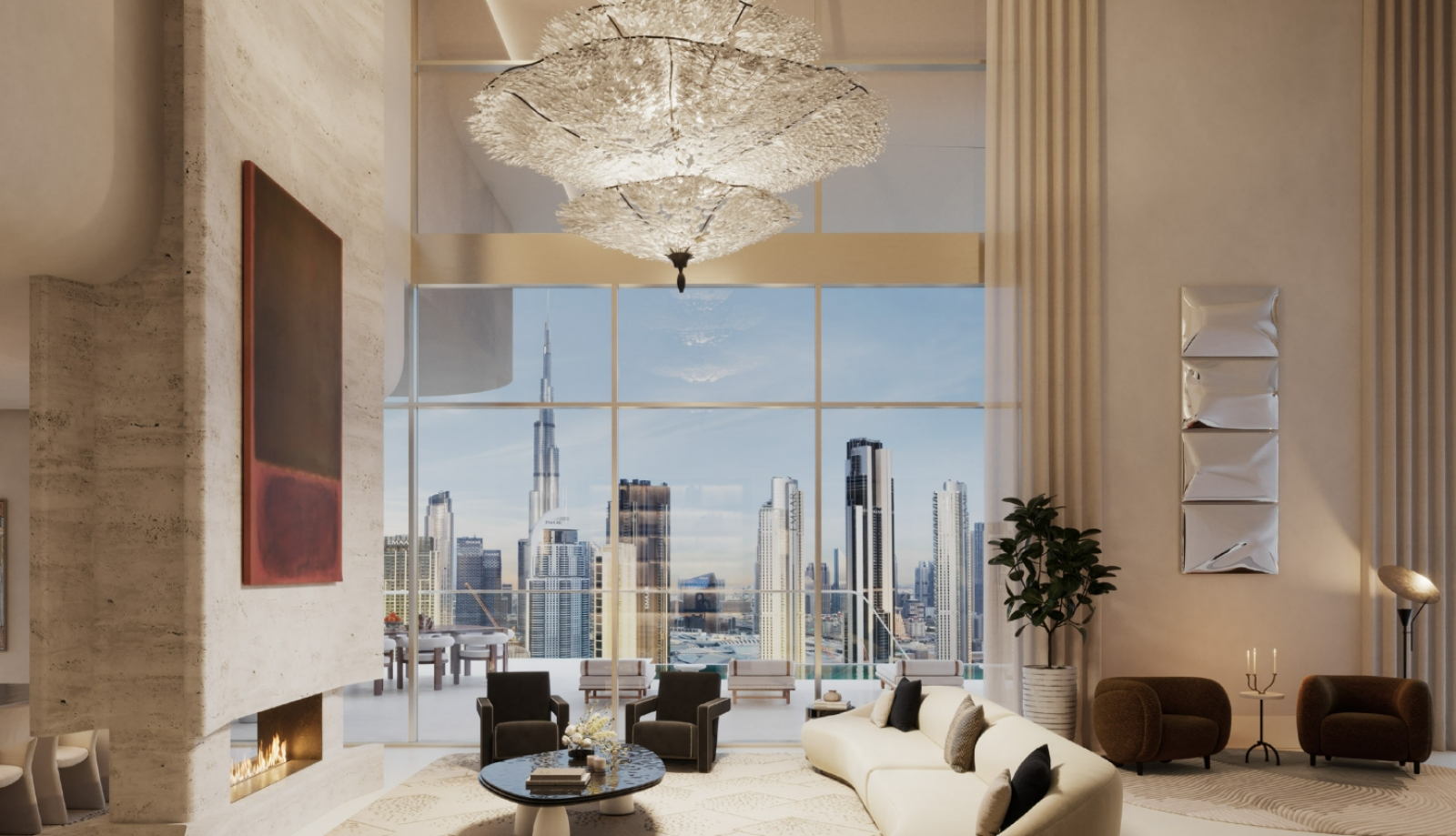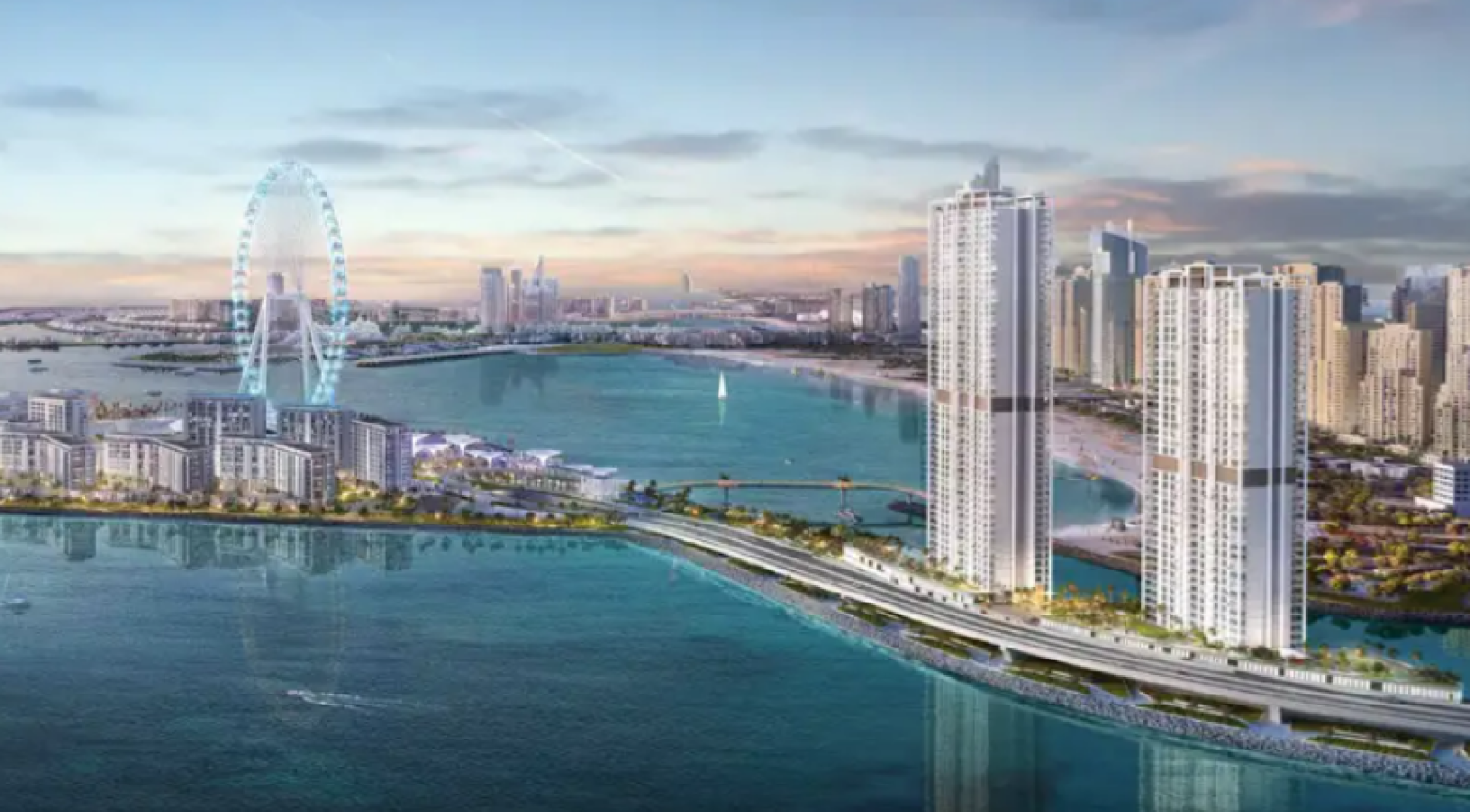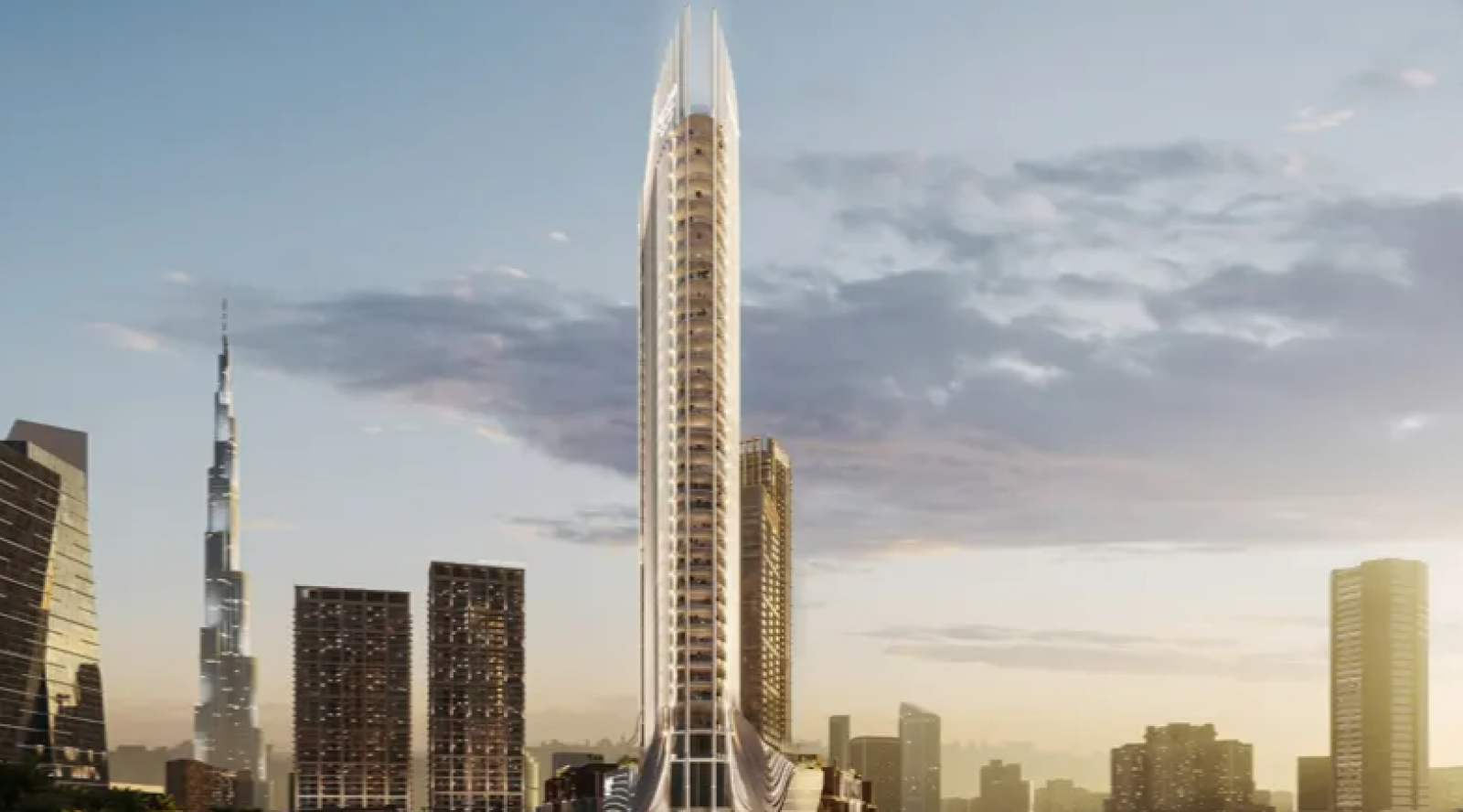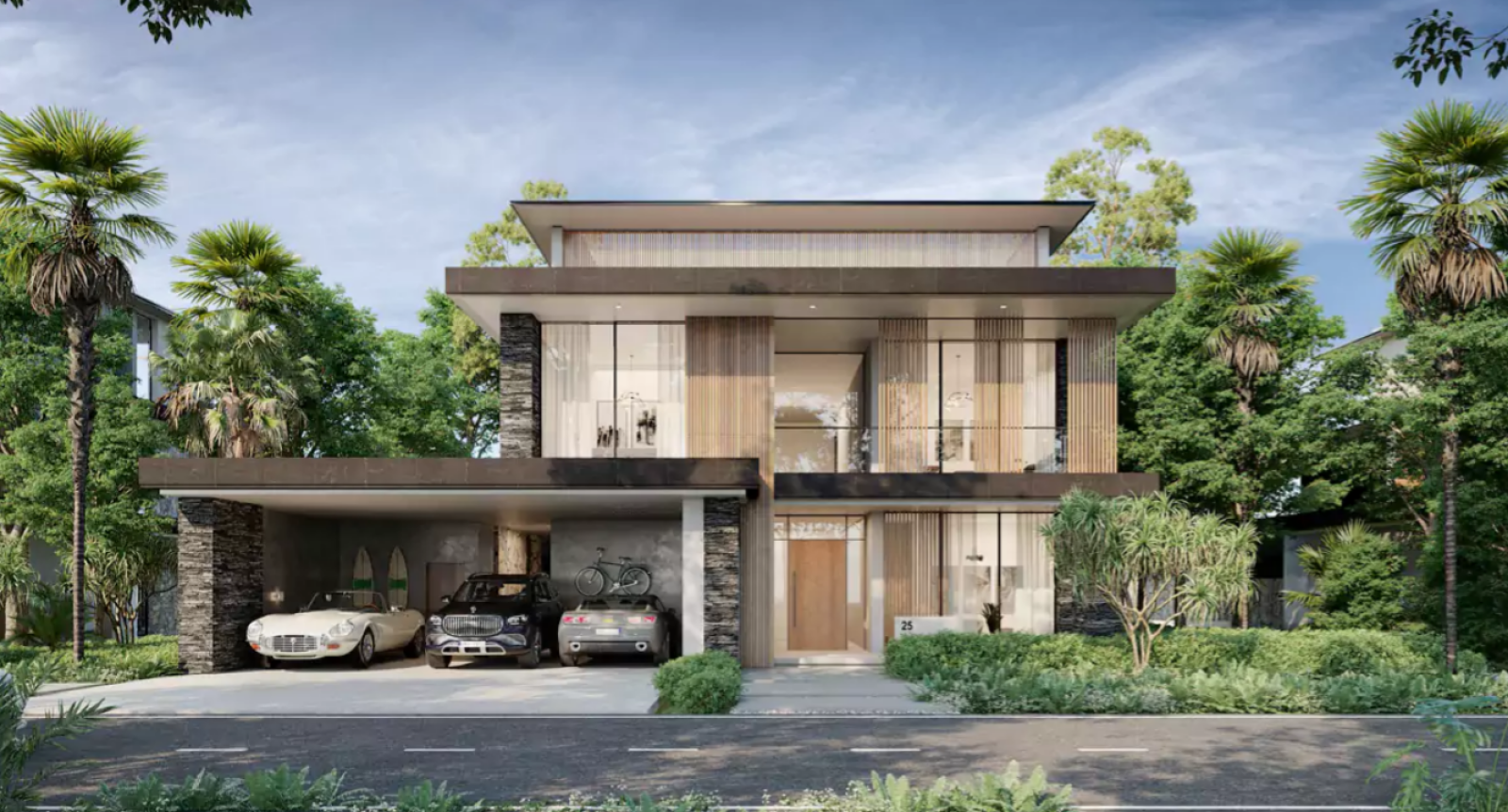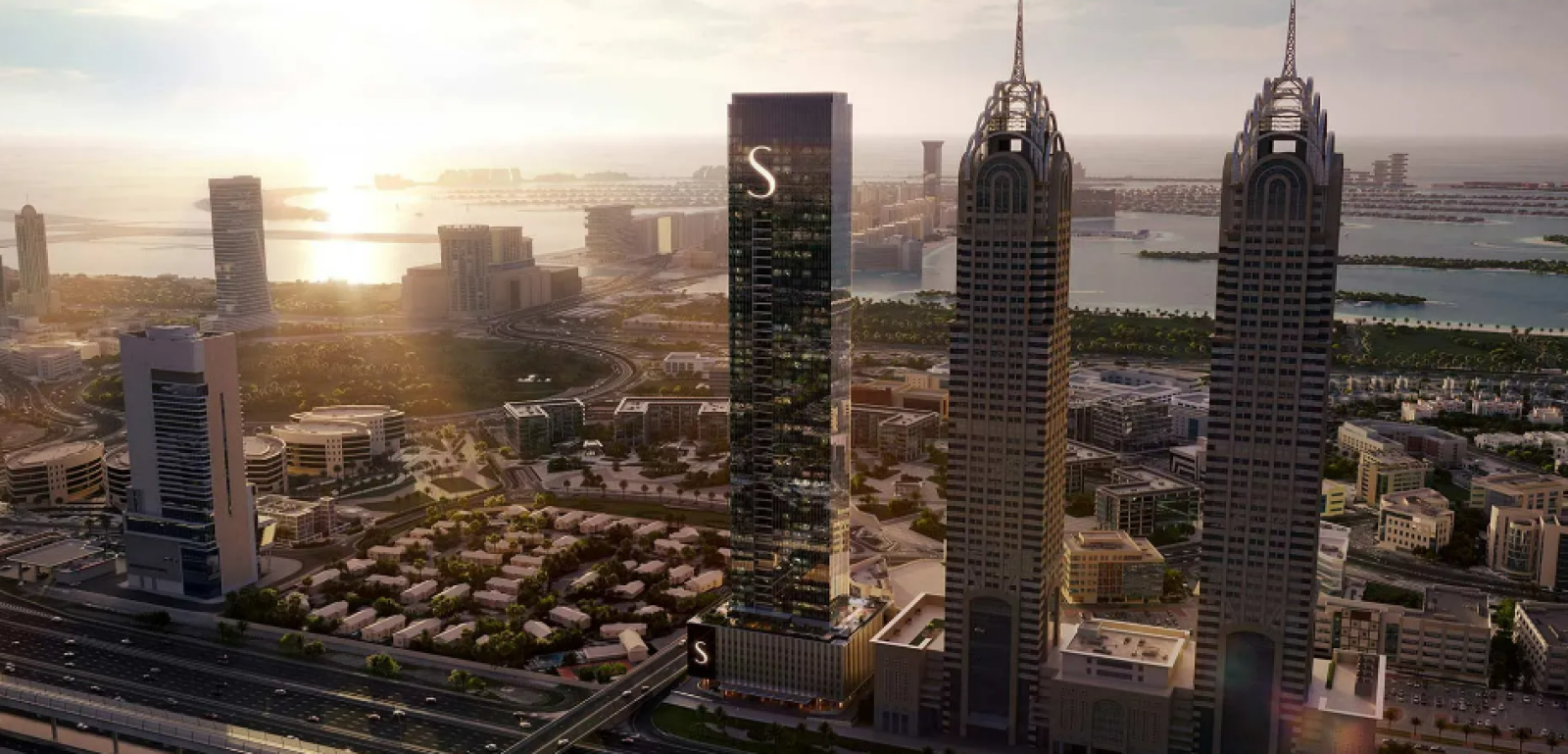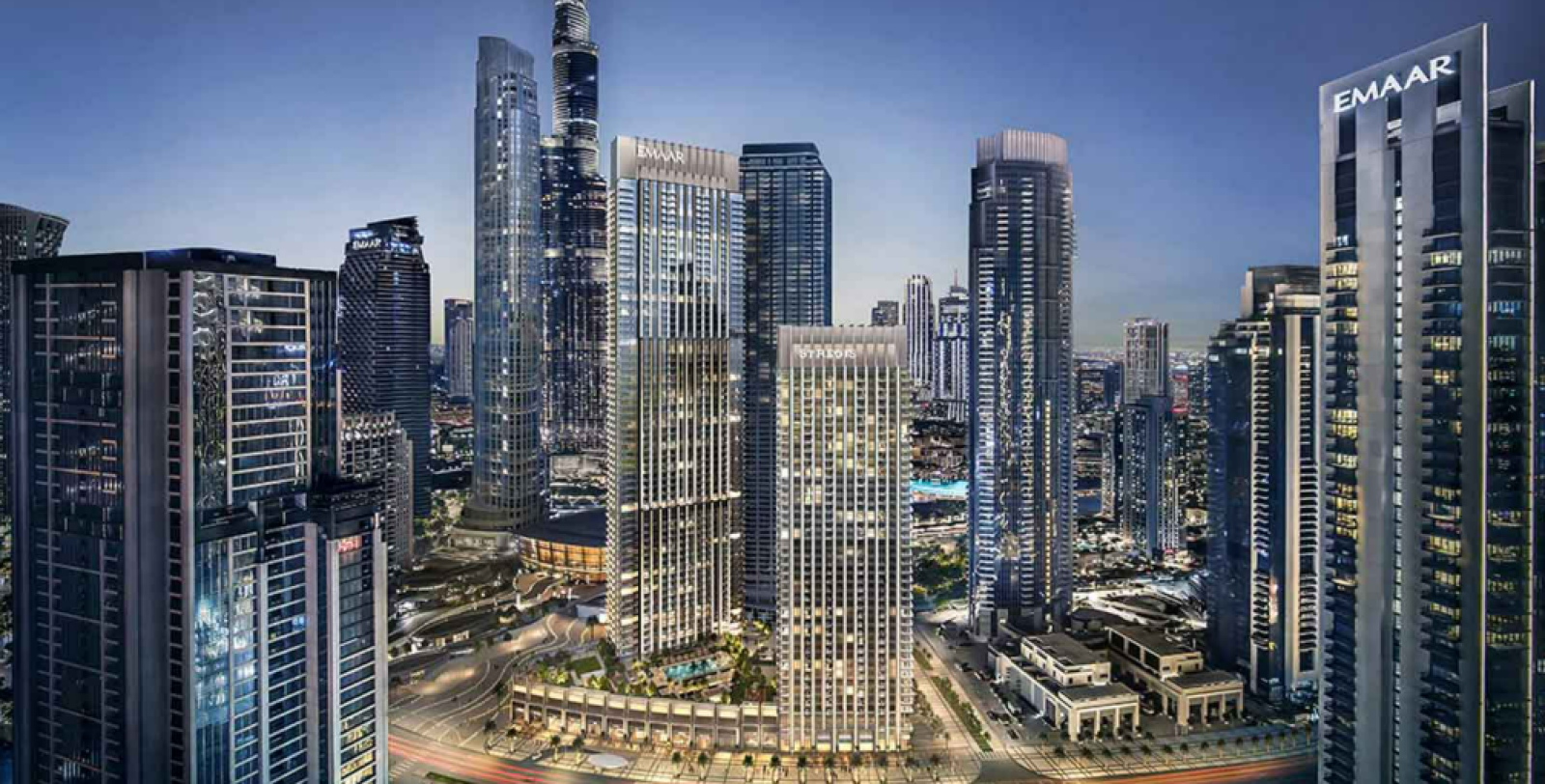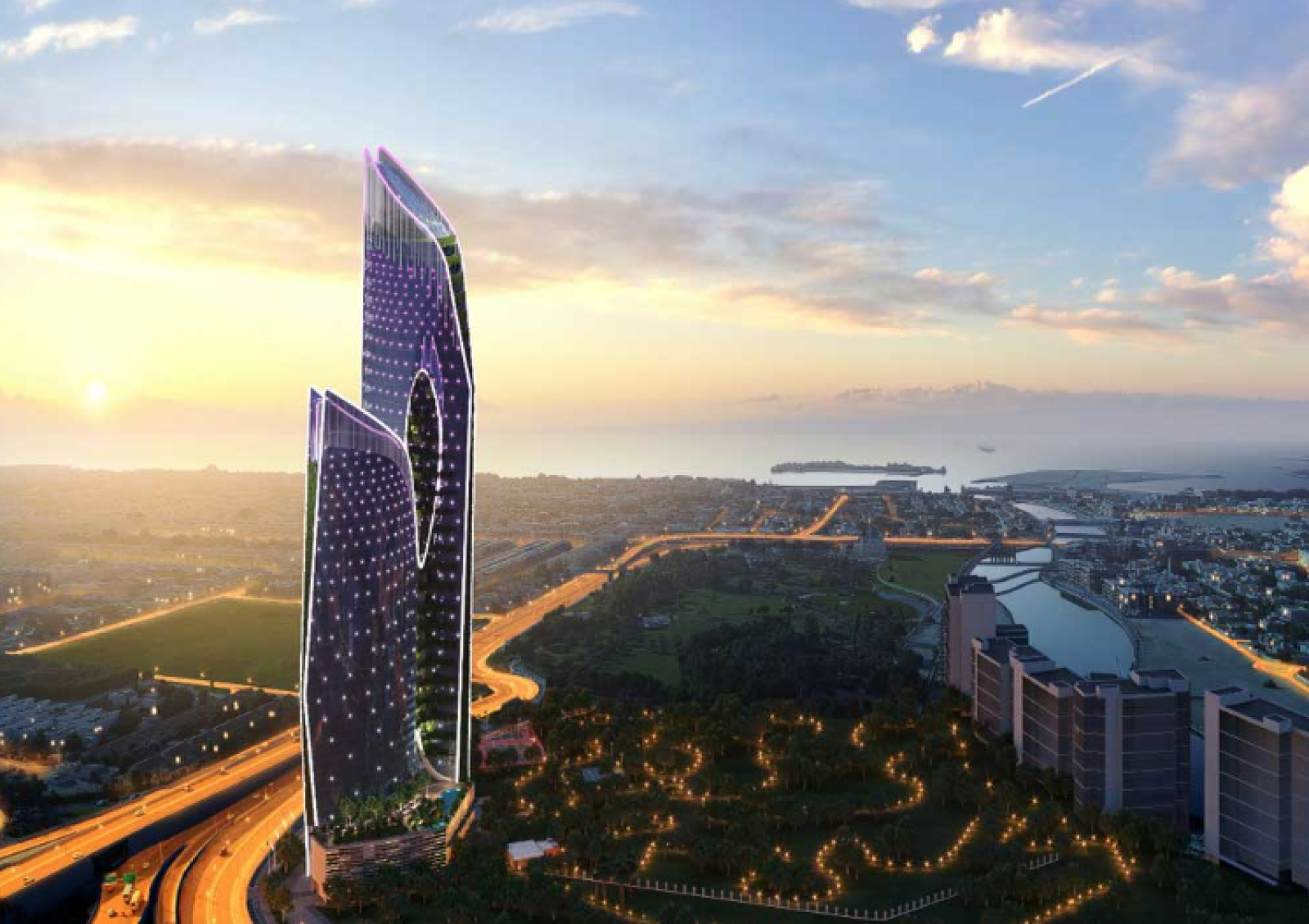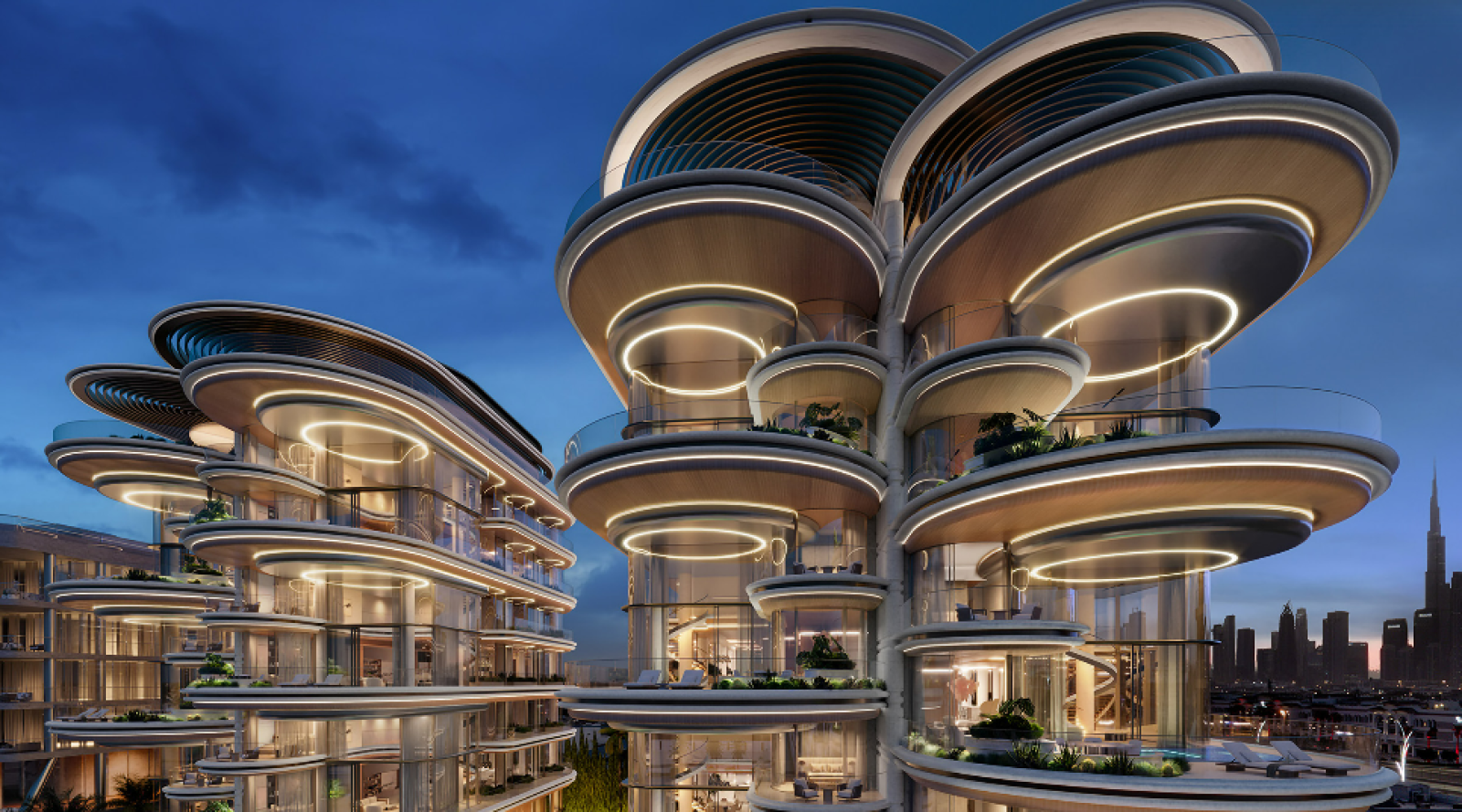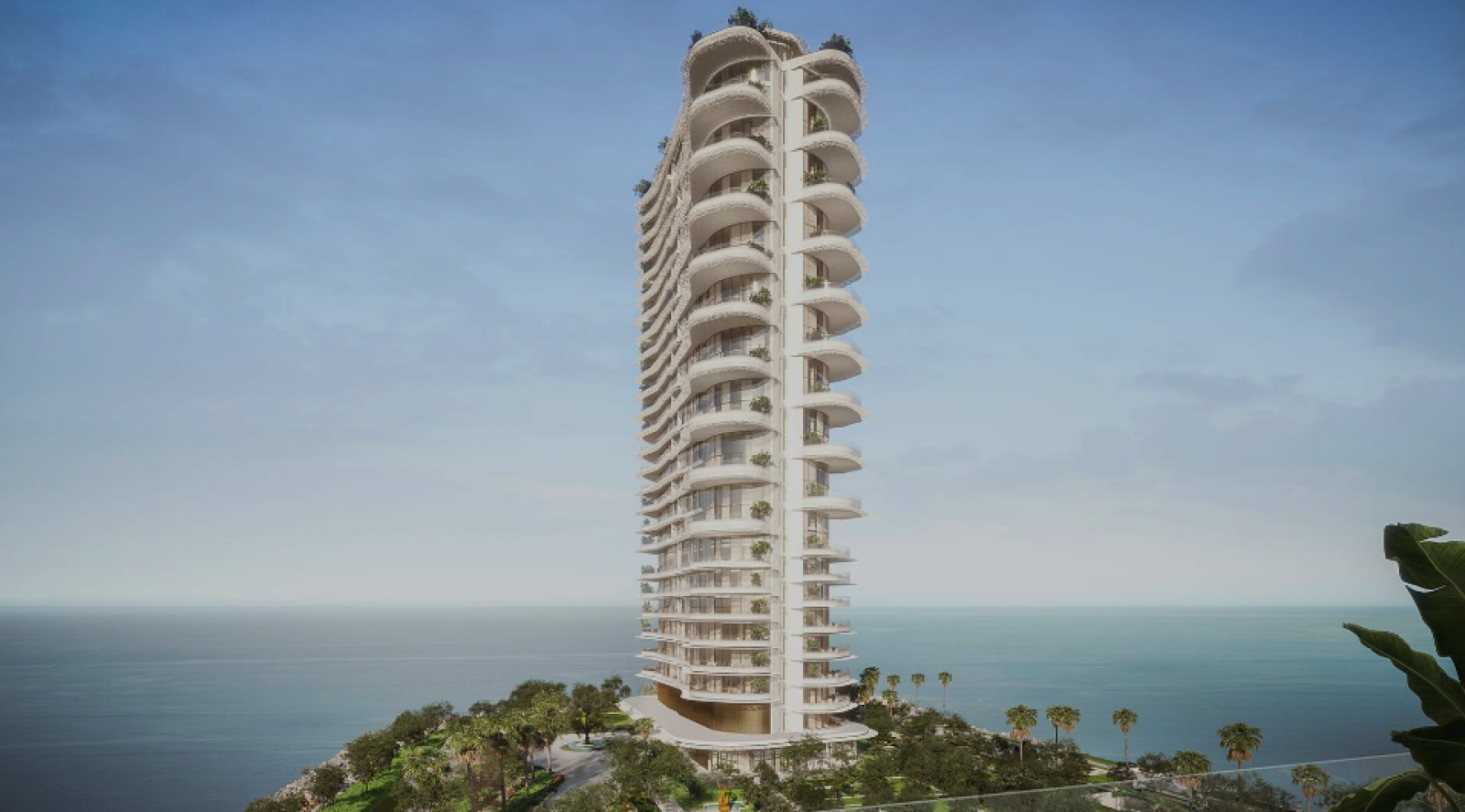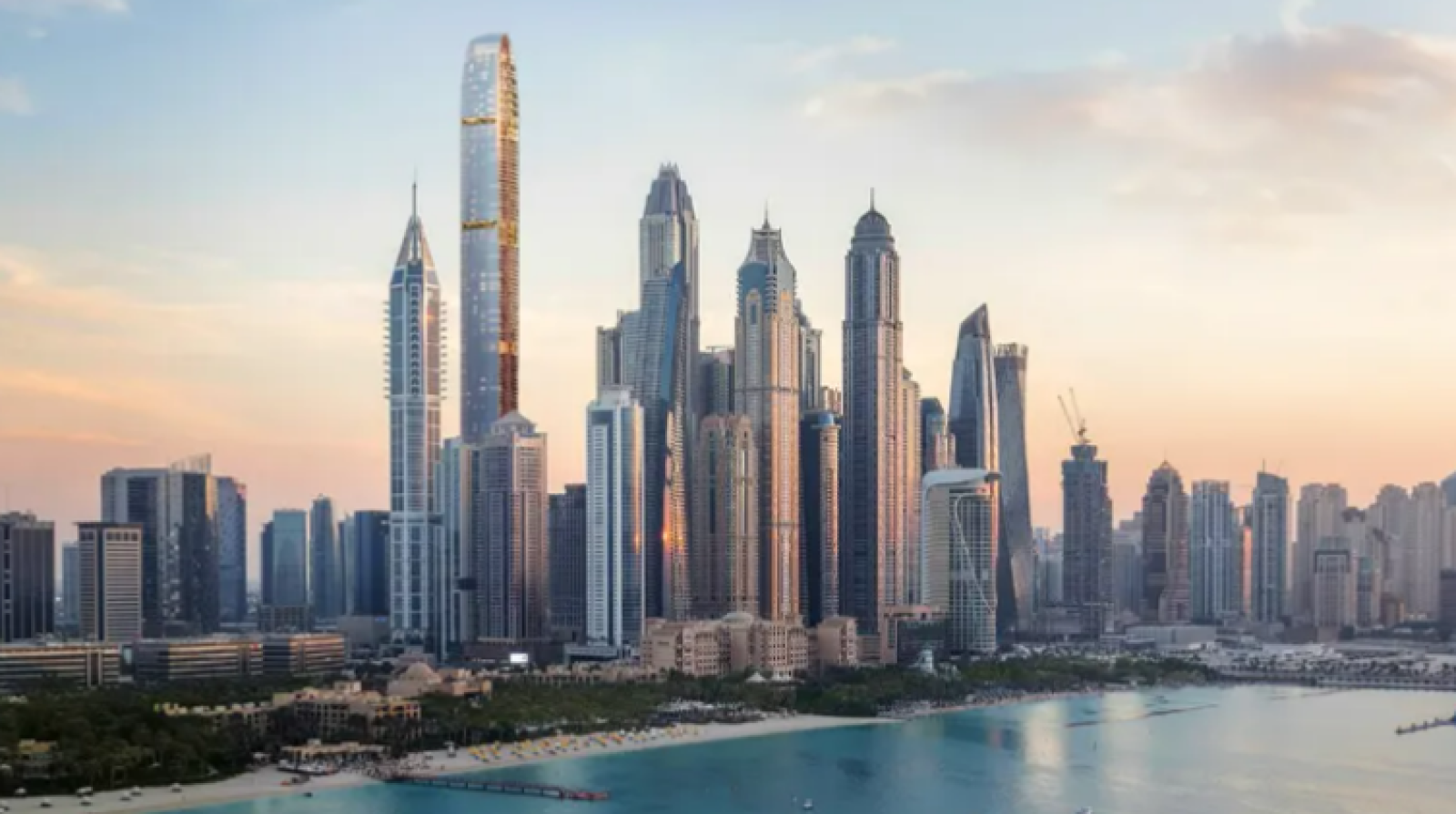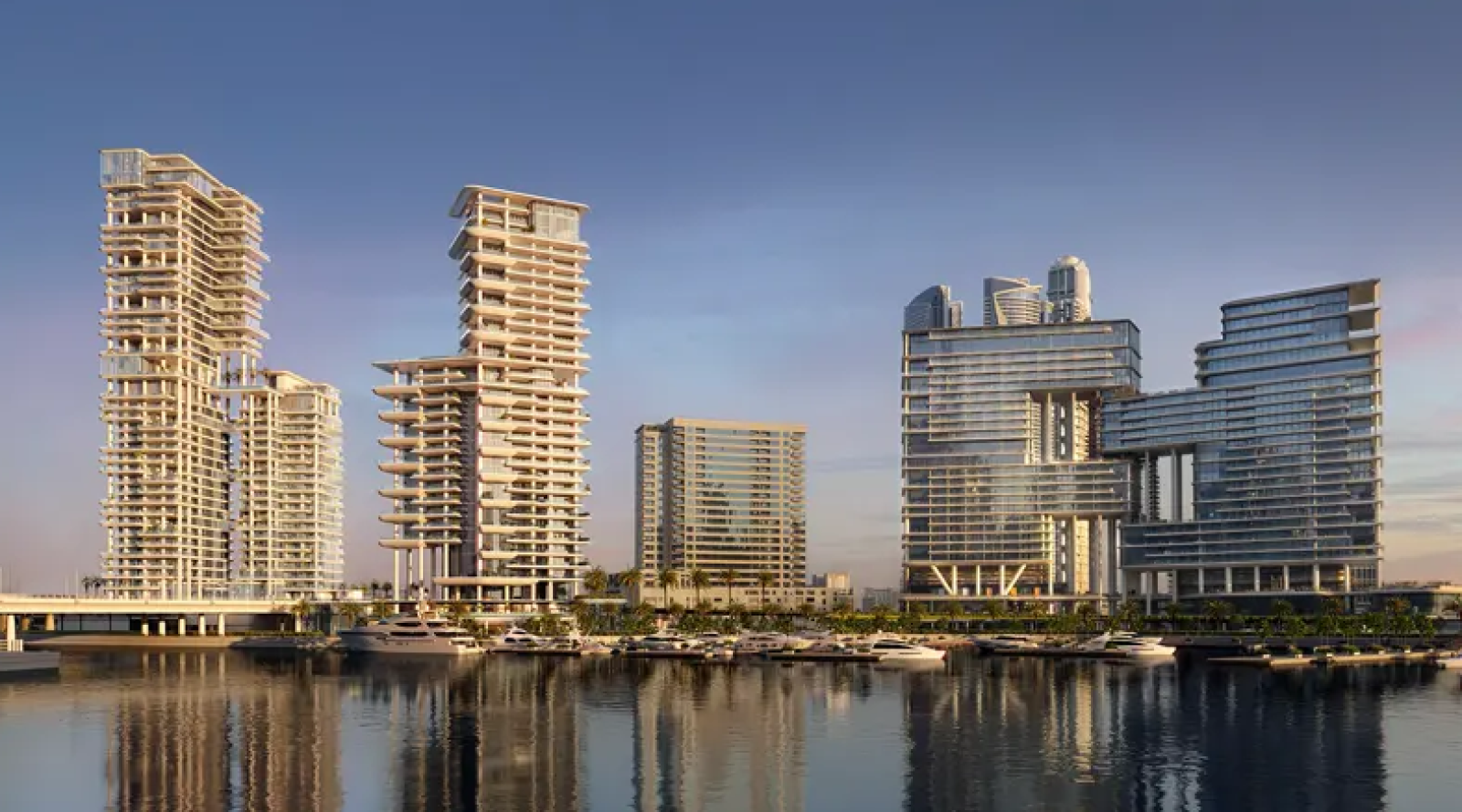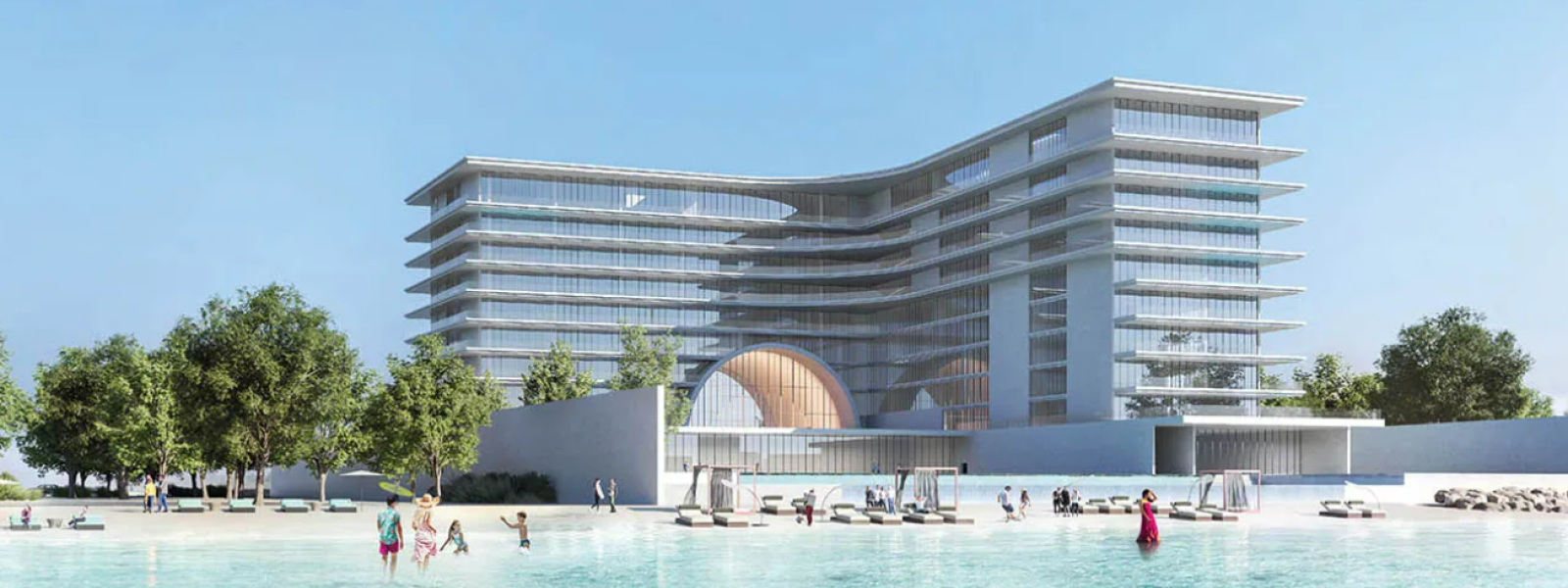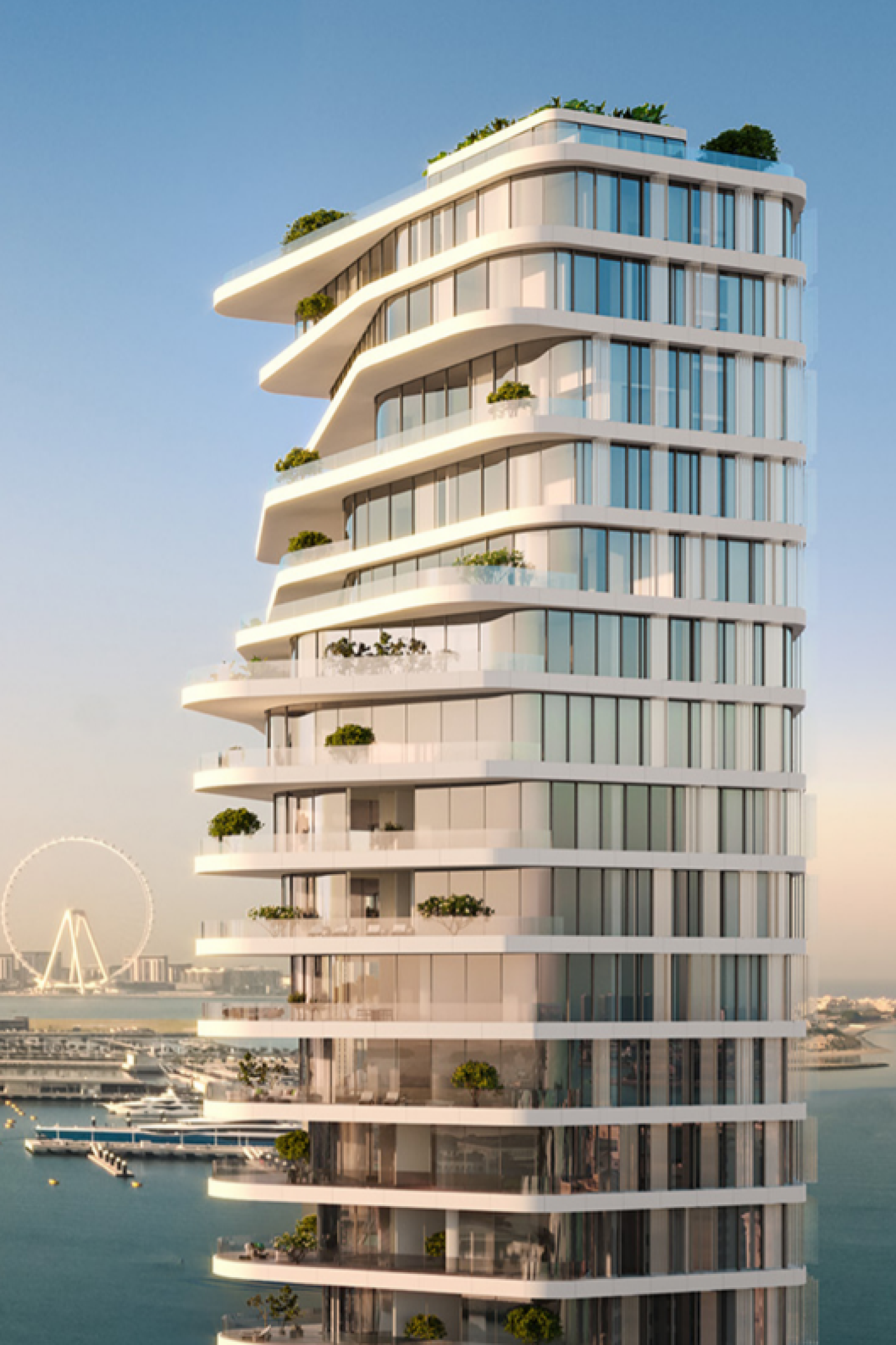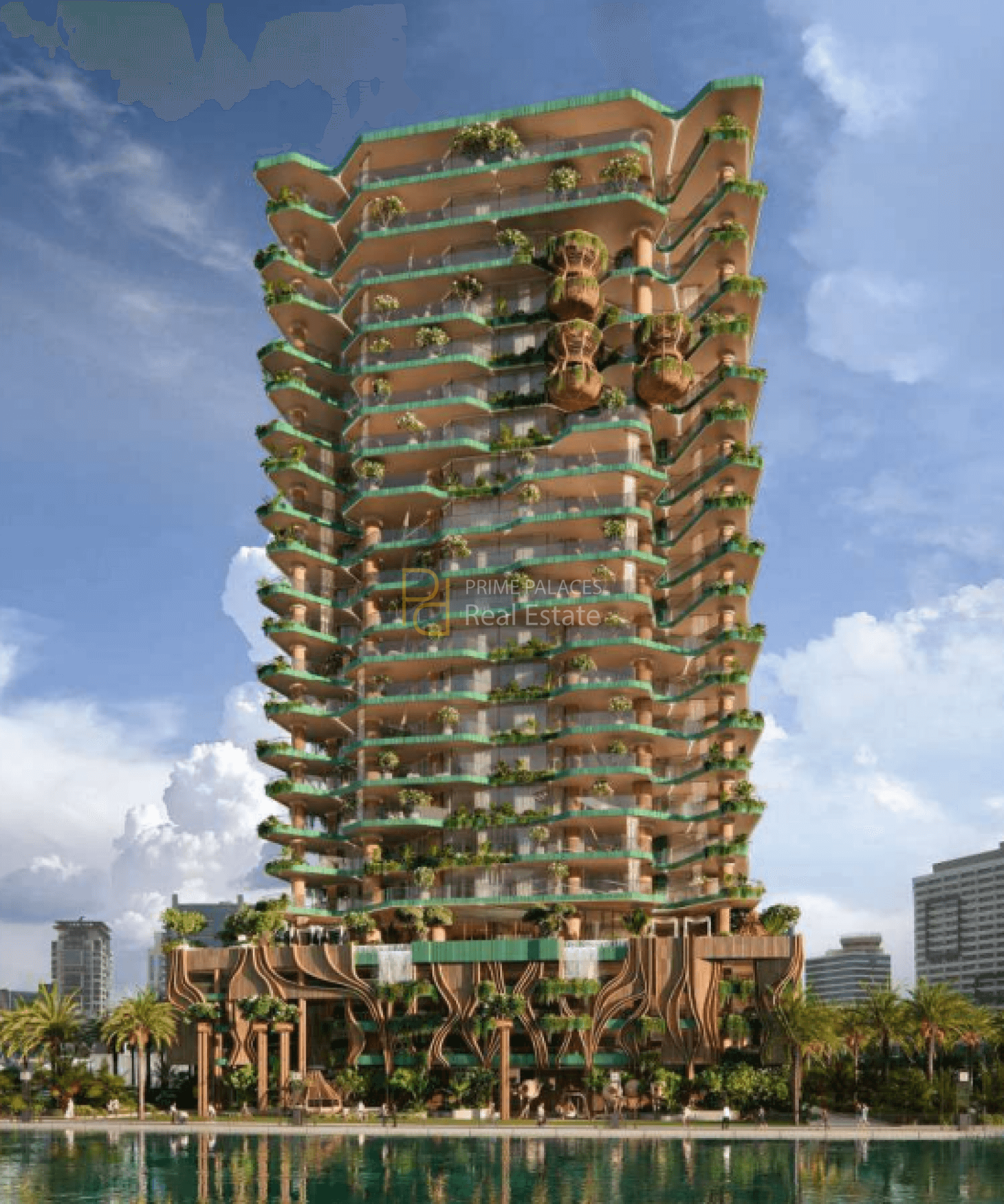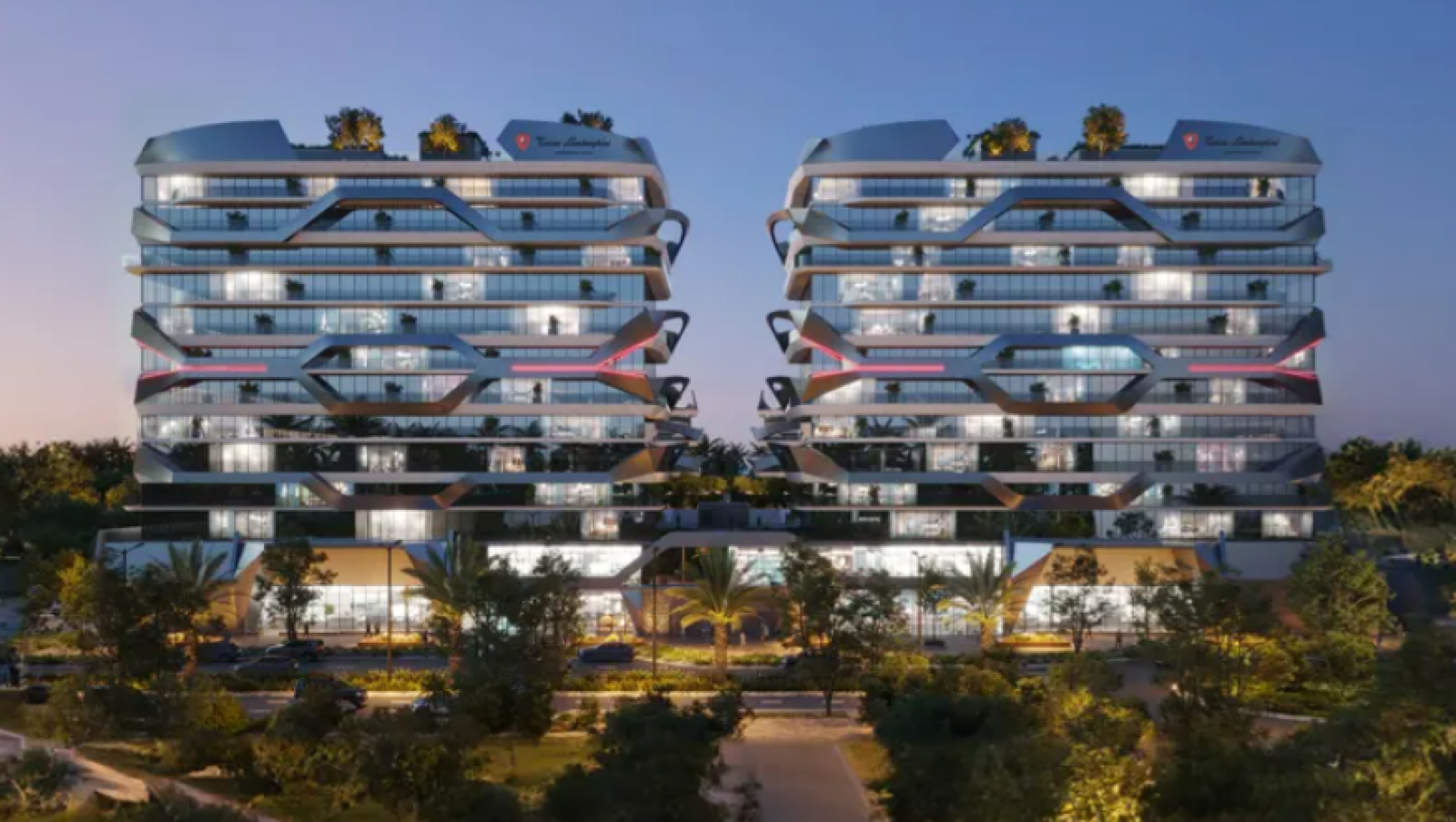Global Icons: Towers That Rival Burj Khalifa in Architectural Significance
The Burj Khalifa is undeniably the tallest building in the world and an architectural symbol of Dubai’s rise as a global city. But across continents, there are other towers that, while not taller, rival it in terms of architectural innovation, symbolism, and global prestige. These buildings define their cities’ skylines, push structural boundaries, and stand as masterpieces of design and engineering.
Here are some of the world’s most notable towers that can be compared to Burj Khalifa in terms of architectural importance and international fame.
1. Shanghai Tower, China
The Shanghai Tower is the second-tallest building in the world, rising 632 meters with a 120-degree twist along its vertical axis. Its double-skin facade and green design features set a benchmark for sustainable supertall structures. It represents China’s architectural and economic ambitions much like Burj Khalifa does for Dubai.
2. One World Trade Center, USA
Standing at 541 meters, One World Trade Center is not just an engineering marvel but a symbol of resilience. Built on the site of the original World Trade Center towers in New York, it blends minimalist modern design with immense cultural and emotional weight.
3. Taipei 101, Taiwan
Once the world’s tallest tower, Taipei 101 is known for combining futuristic engineering with traditional Asian aesthetics. It was the first building to cross the 500-meter mark and features a tuned mass damper that protects it from earthquakes and typhoons.
4. Petronas Towers, Malaysia
The Petronas Towers in Kuala Lumpur are twin skyscrapers that remain among the most recognized structures globally. Their Islamic-inspired design and skybridge symbolize Malaysia’s entry into modern economic prominence and architectural expression.
5. Eiffel Tower, France
Though vastly shorter, the Eiffel Tower is one of the most iconic structures in the world. Built in 1889, it became a global standard for iron architecture and remains an enduring symbol of Parisian and global design identity—similar to what Burj Khalifa represents today.
6. Tokyo Skytree, Japan
At 634 meters, Tokyo Skytree is the tallest tower in Japan and functions as a major broadcasting hub. Its futuristic structure combines traditional Japanese aesthetics with seismic innovation, positioning it as an engineering marvel.
7. CN Tower, Canada
The CN Tower in Toronto was once the tallest free-standing structure in the world and remains one of the most visited. Its 360-degree views and telecommunications role make it a cultural icon, much like Burj Khalifa’s observation deck draws millions.
8. Abraj Al Bait Clock Tower, Saudi Arabia
Located near the Grand Mosque in Makkah, the Abraj Al Bait Clock Tower is the third-tallest building in the world. Its enormous clock faces and Islamic architectural influences make it a spiritual and visual anchor in the holy city.
9. The Shard, UK
London’s Shard pierces the skyline with sharp angles and reflective glass. While smaller in height, its mixed-use design, public viewing galleries, and contribution to London’s modern architectural identity align it with Burj Khalifa’s urban prominence.
10. Lotte World Tower, South Korea
With a height of 555 meters, Lotte World Tower in Seoul features sleek tapering design and houses everything from retail and offices to luxury residences and observation decks—mirroring Burj Khalifa’s vertical city concept.
Conclusion
While the Burj Khalifa leads the world in height, these global towers rival it in terms of architectural significance, cultural symbolism, and urban identity. Each represents the pinnacle of what architecture can achieve—transforming skylines, economies, and the global perception of cities.

